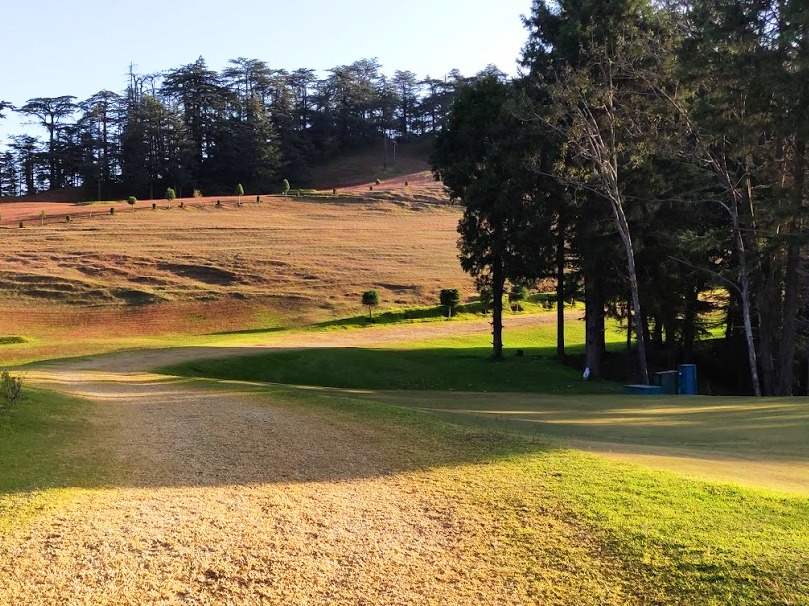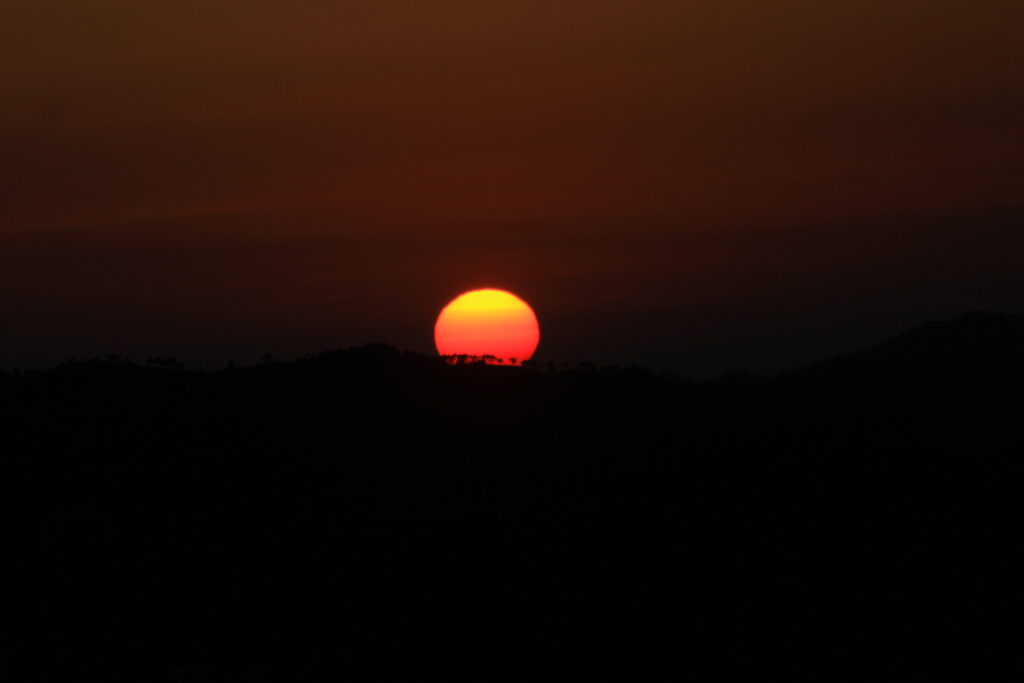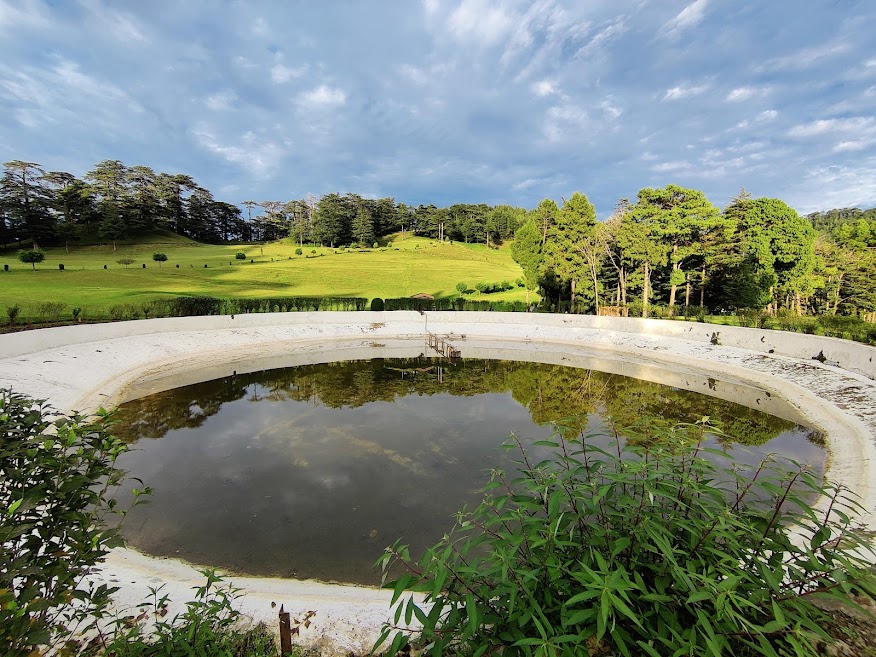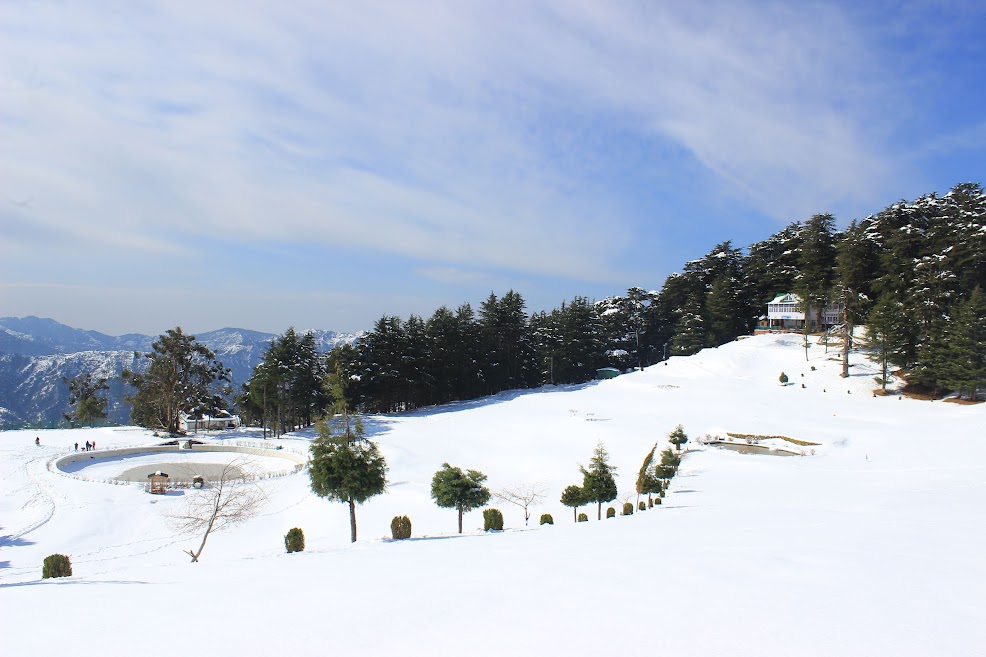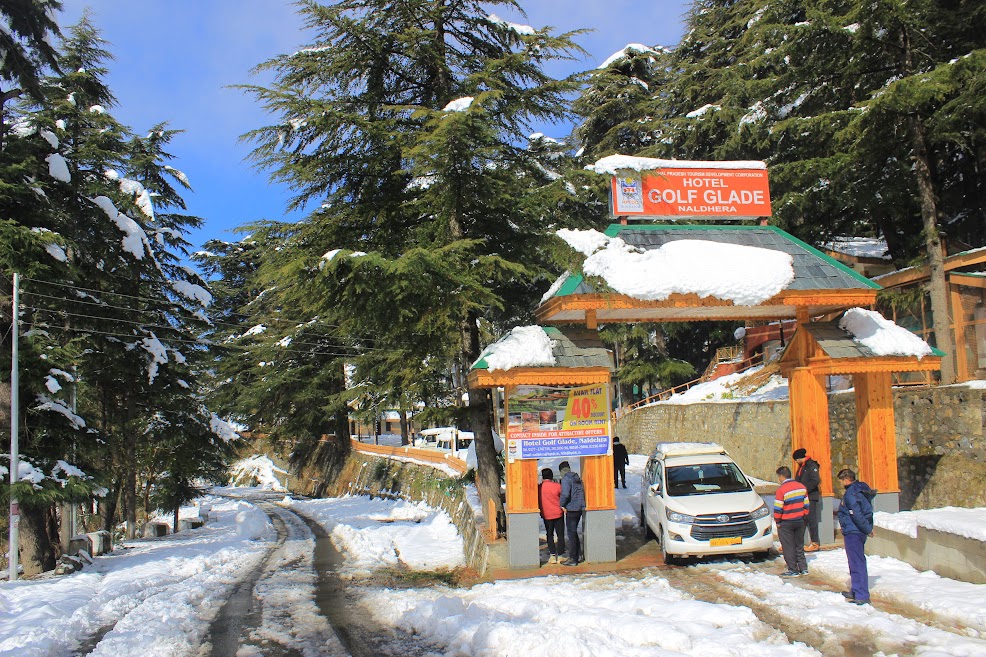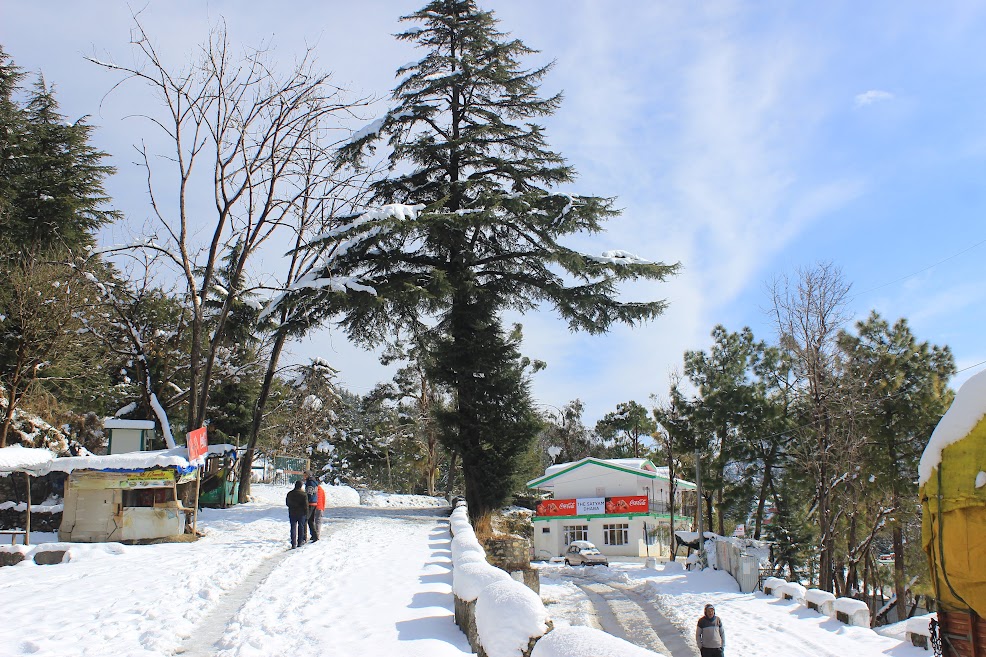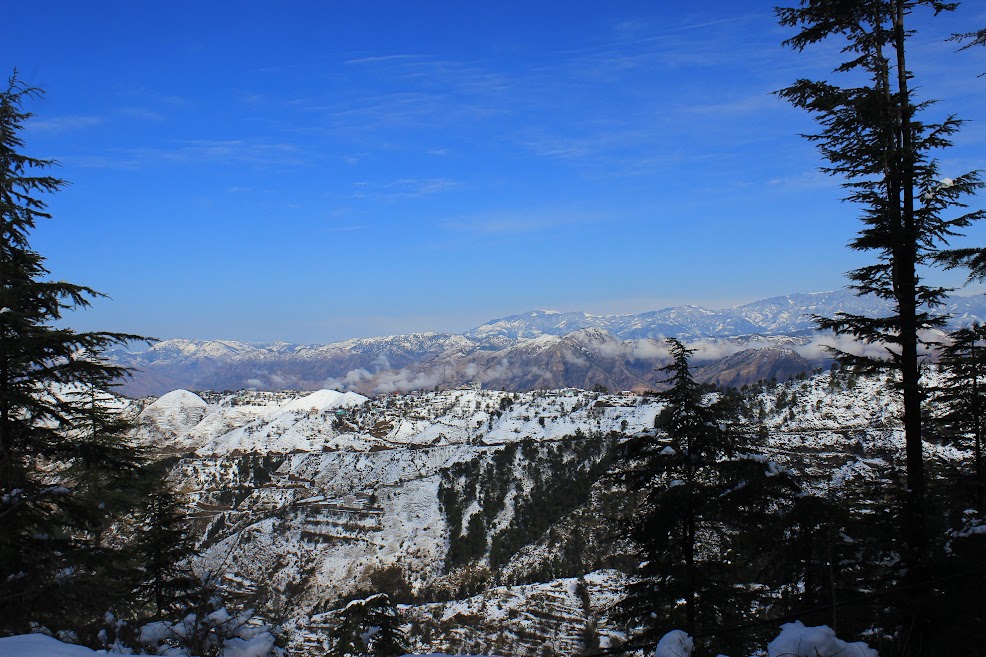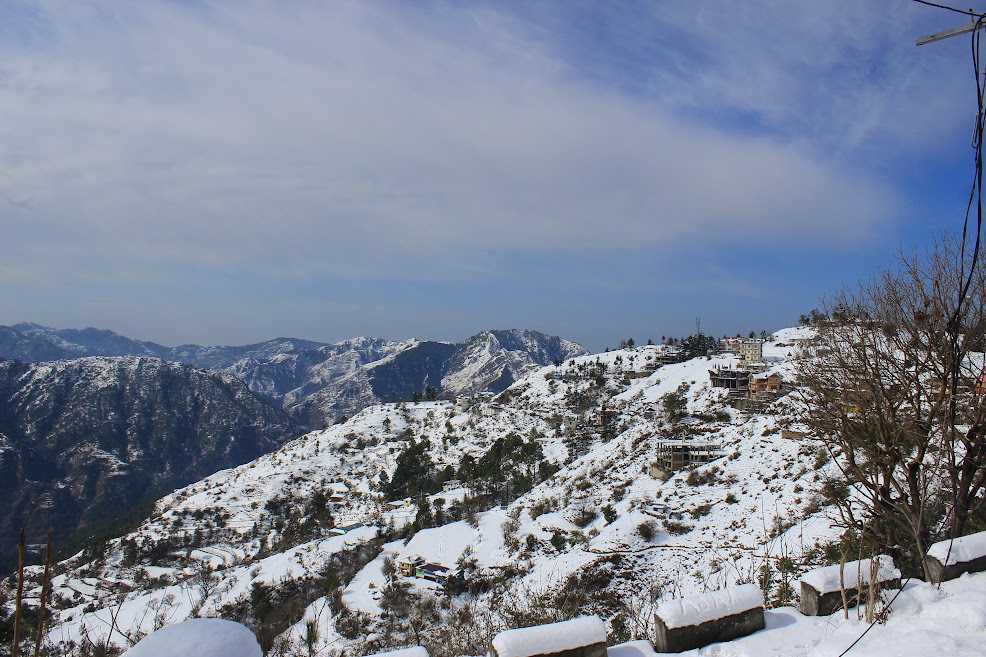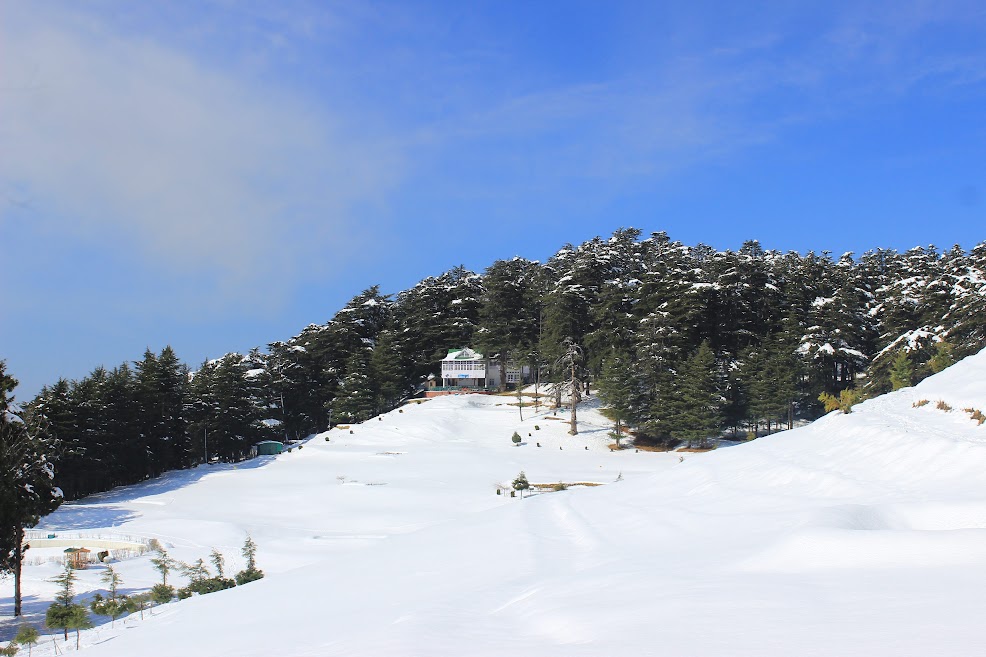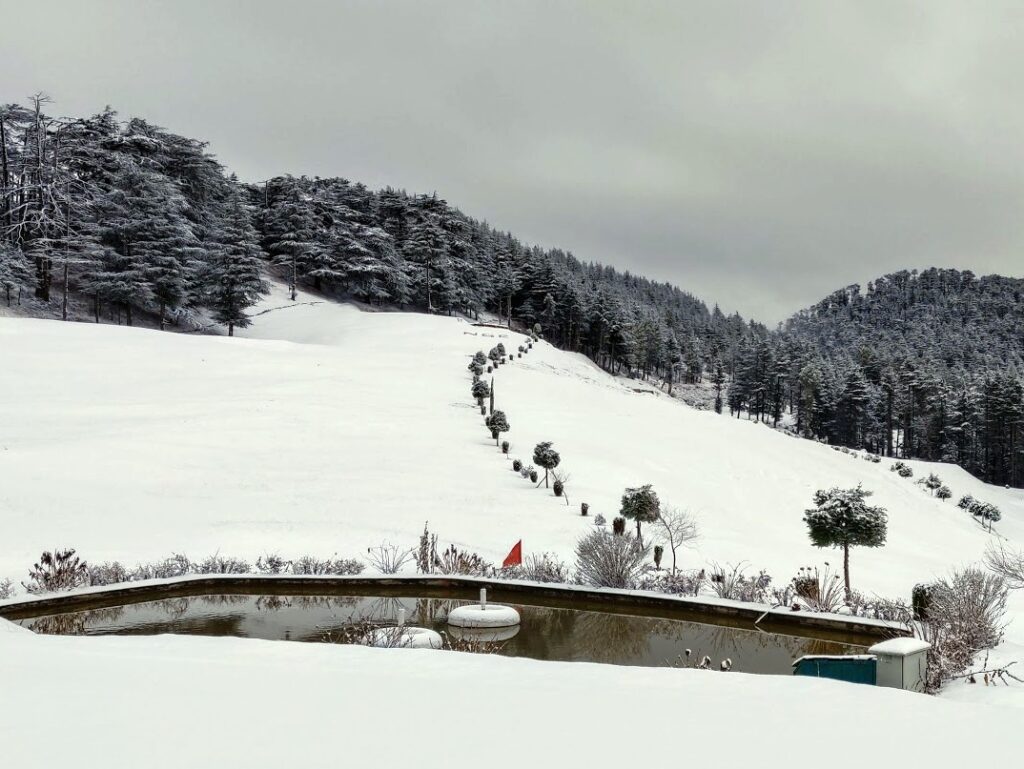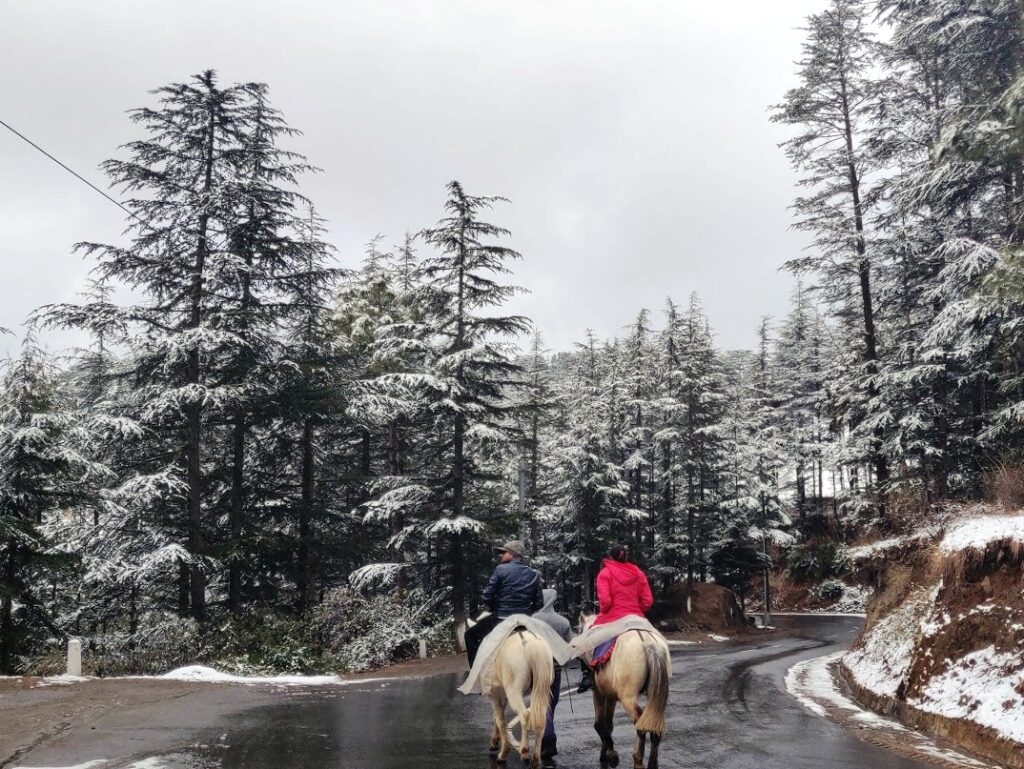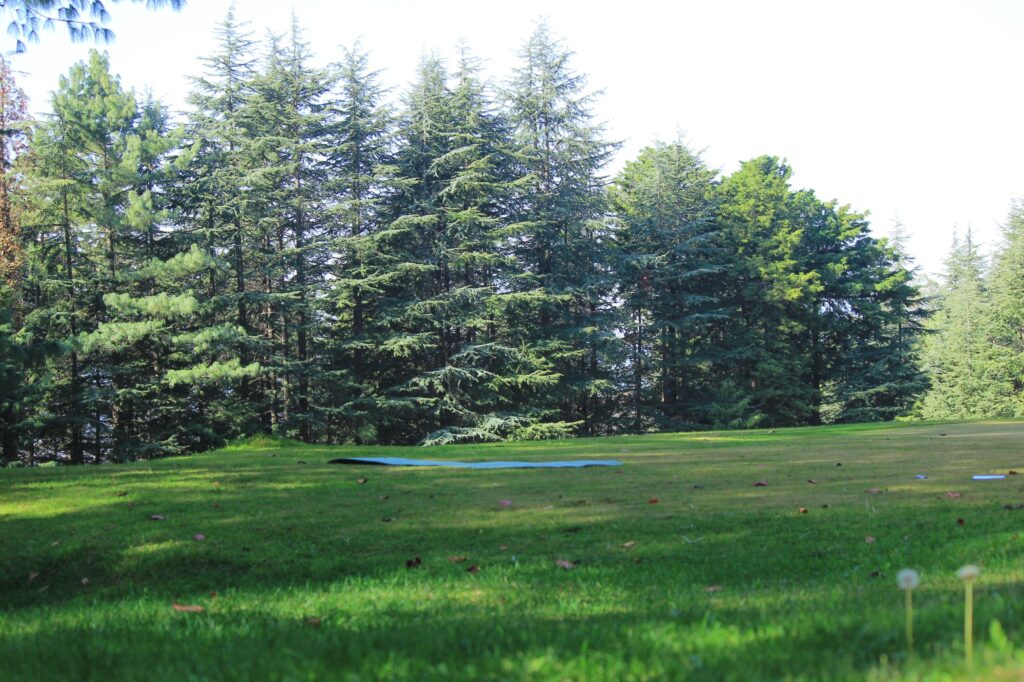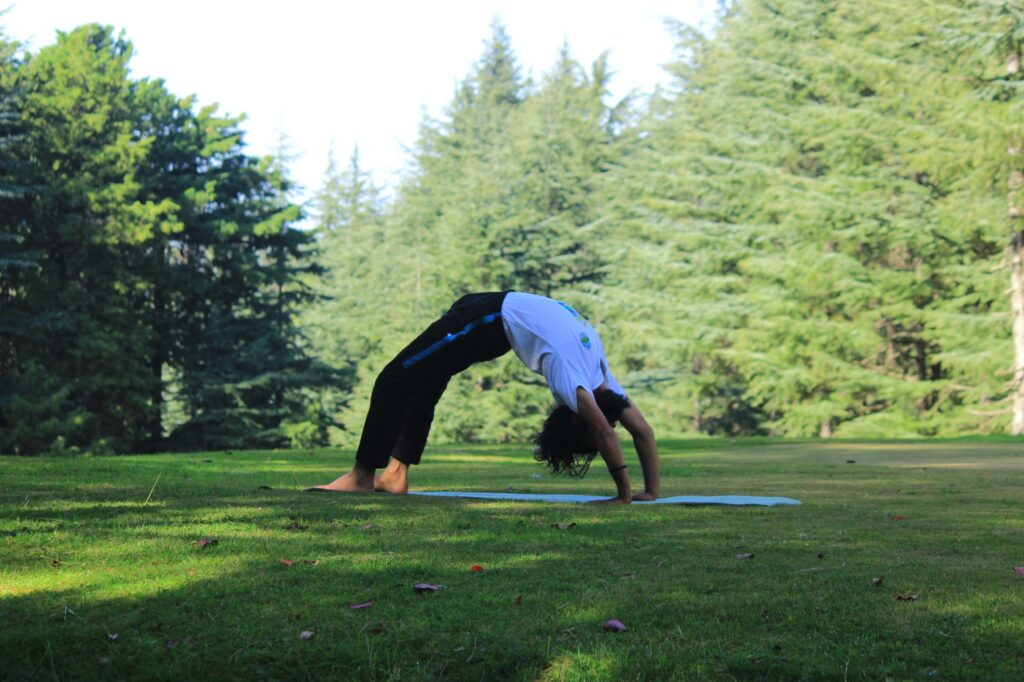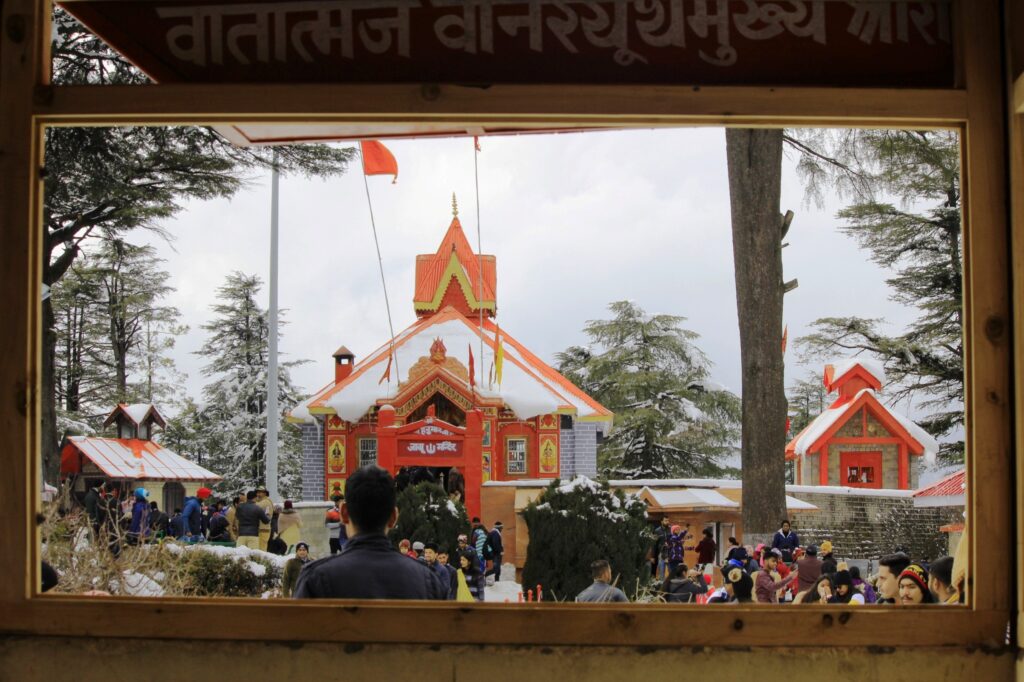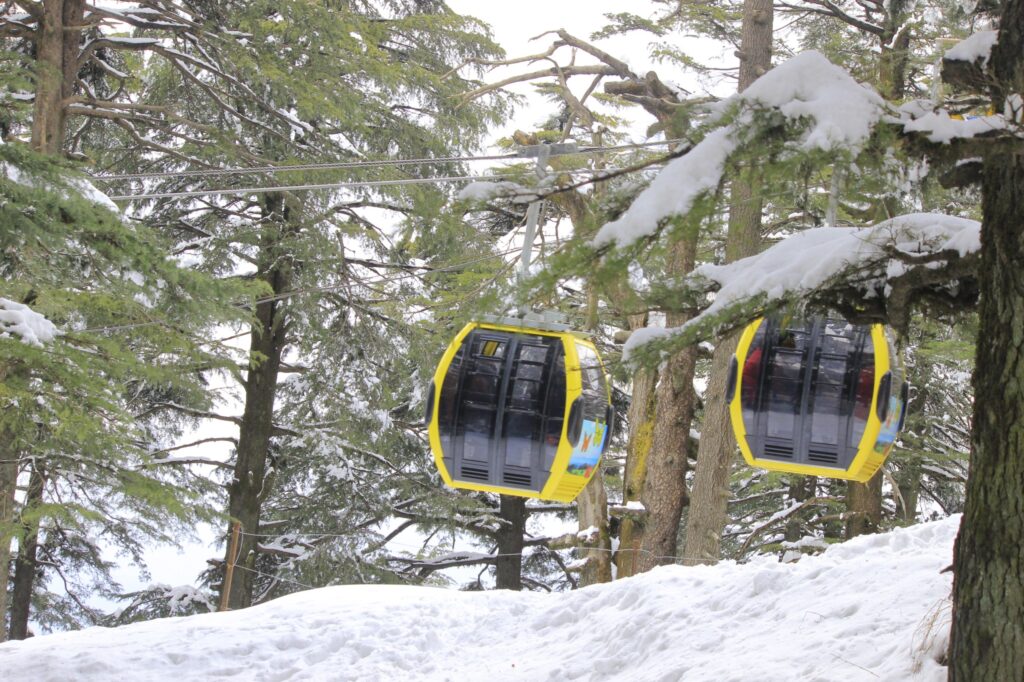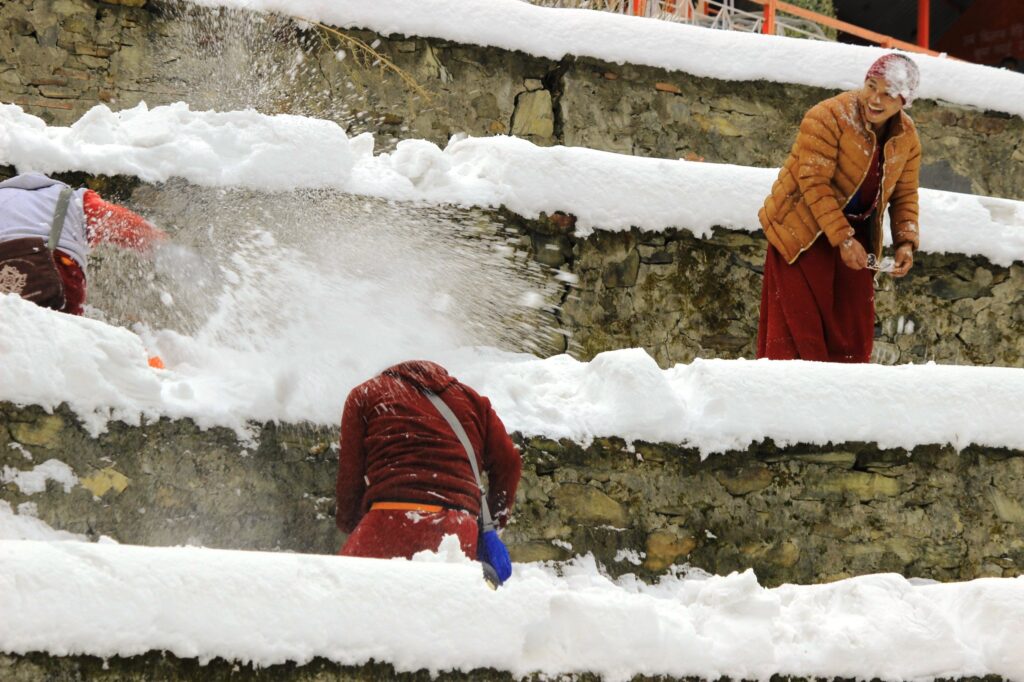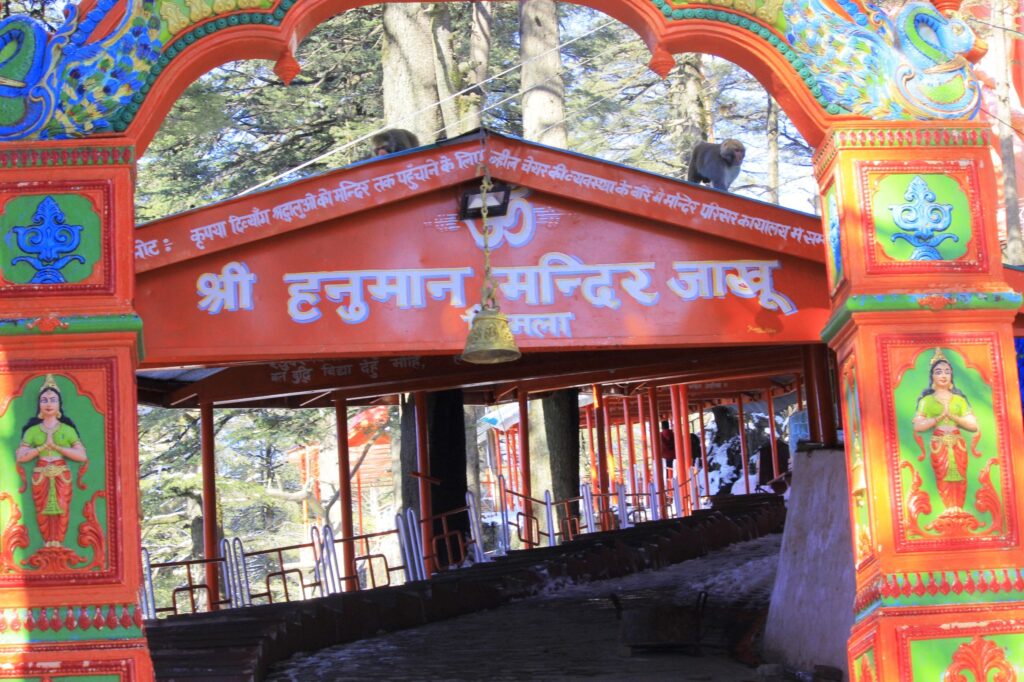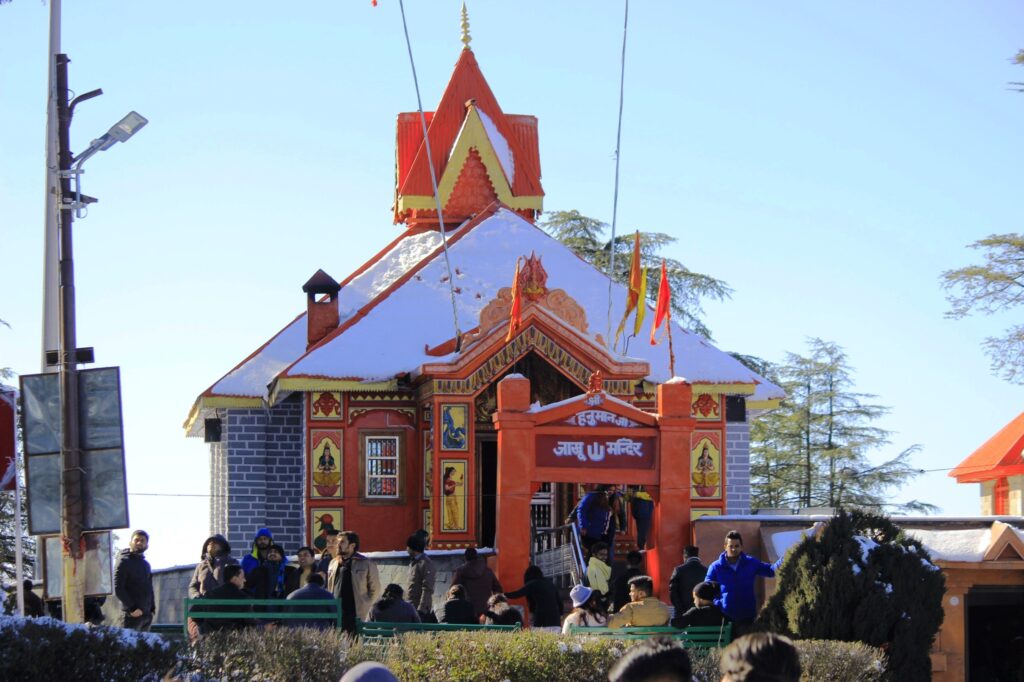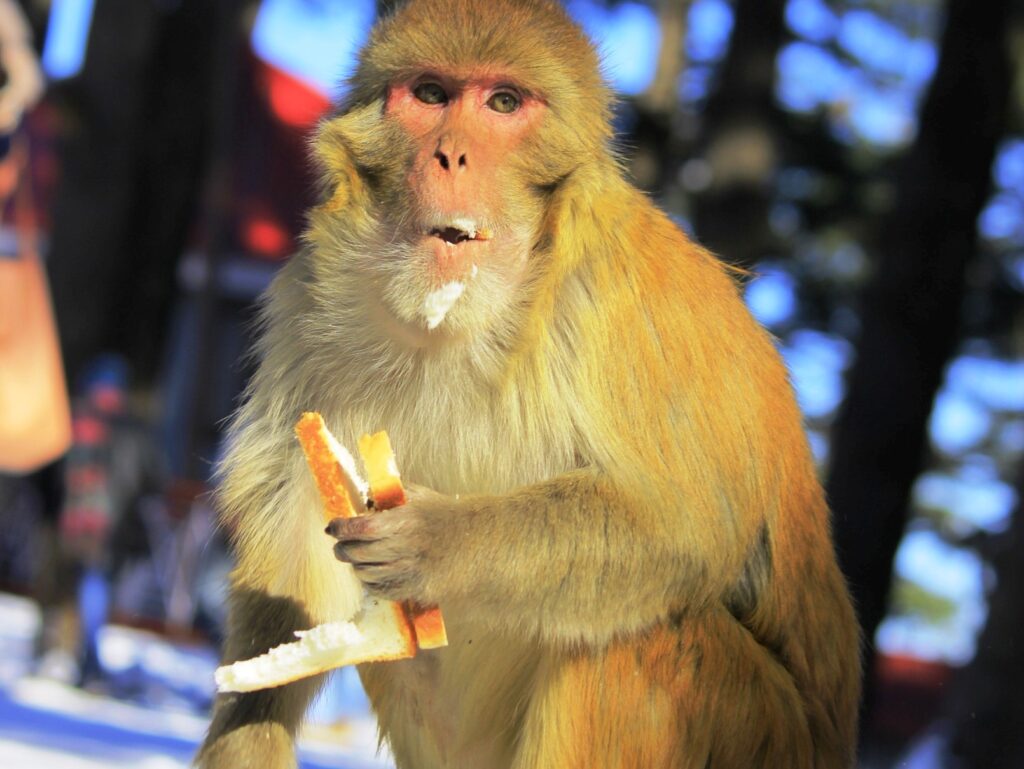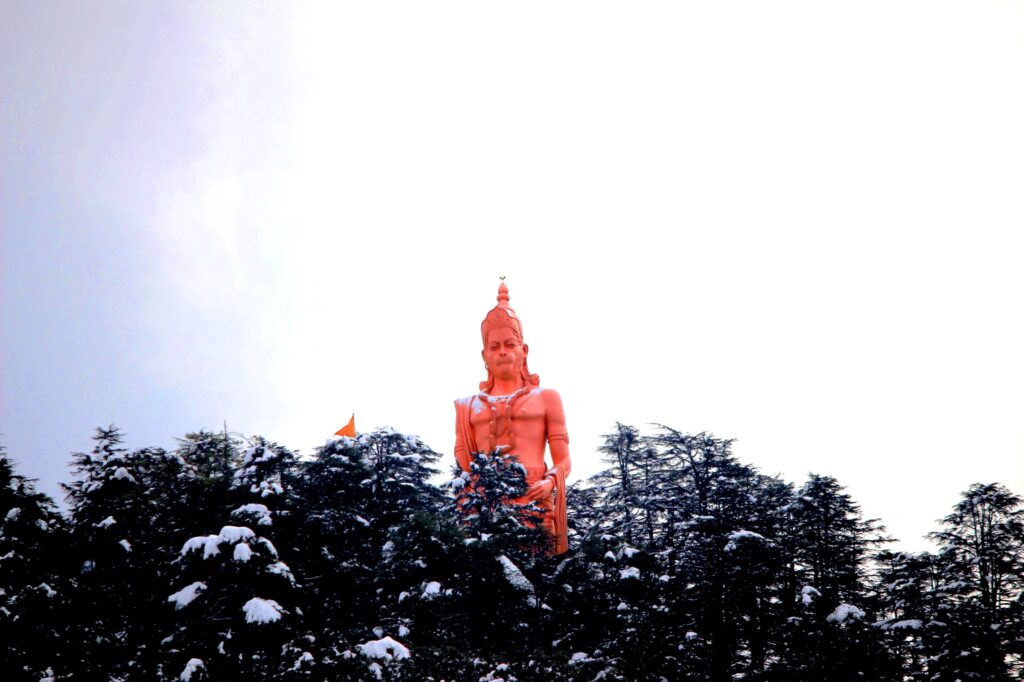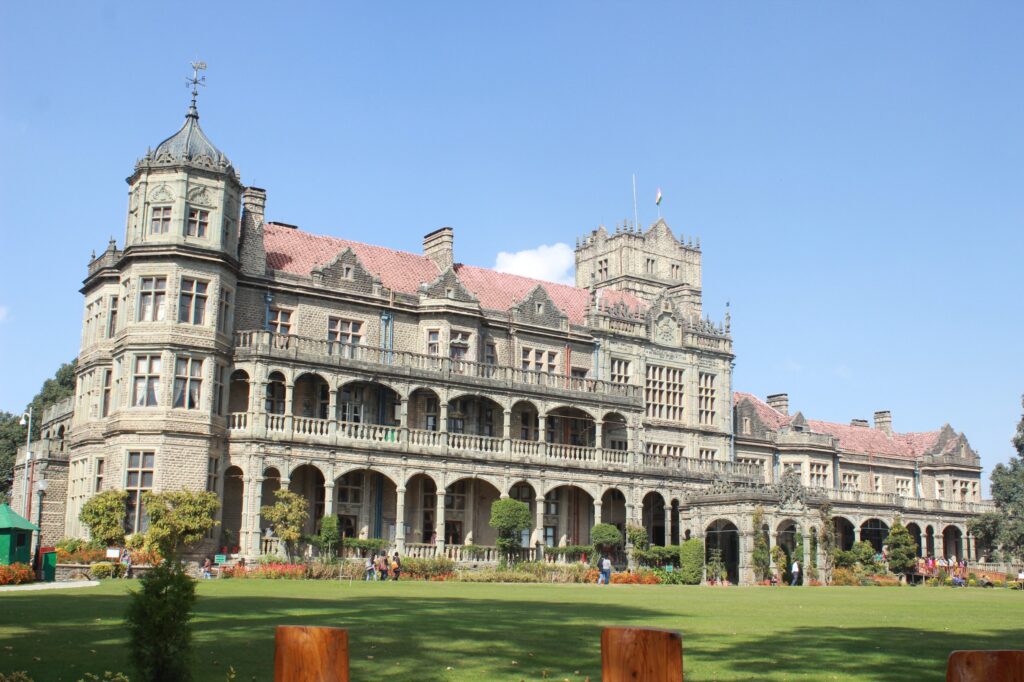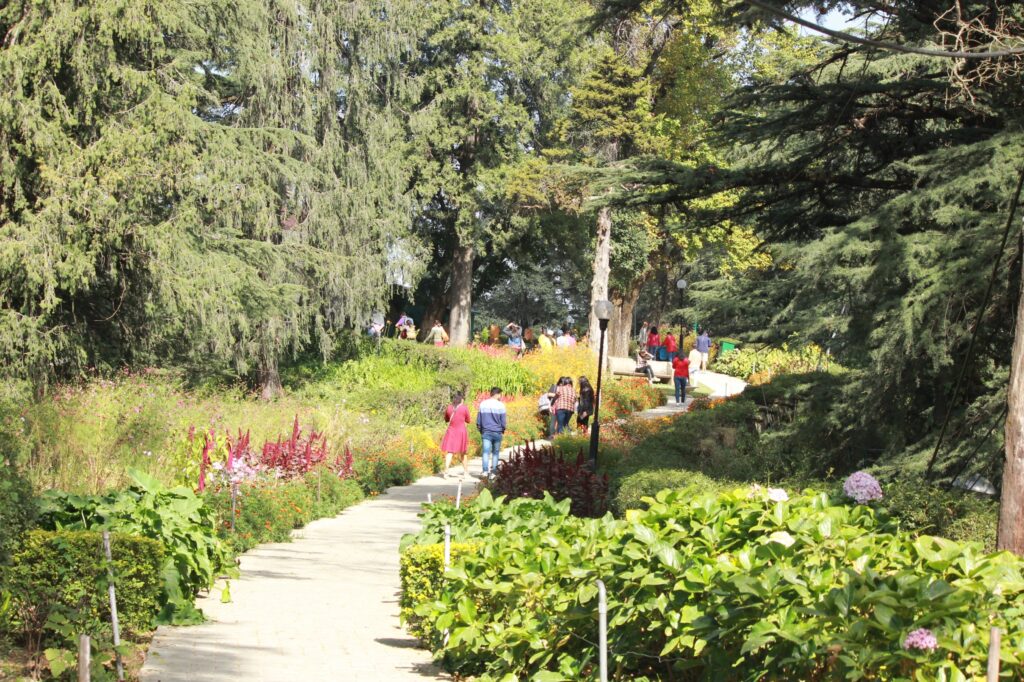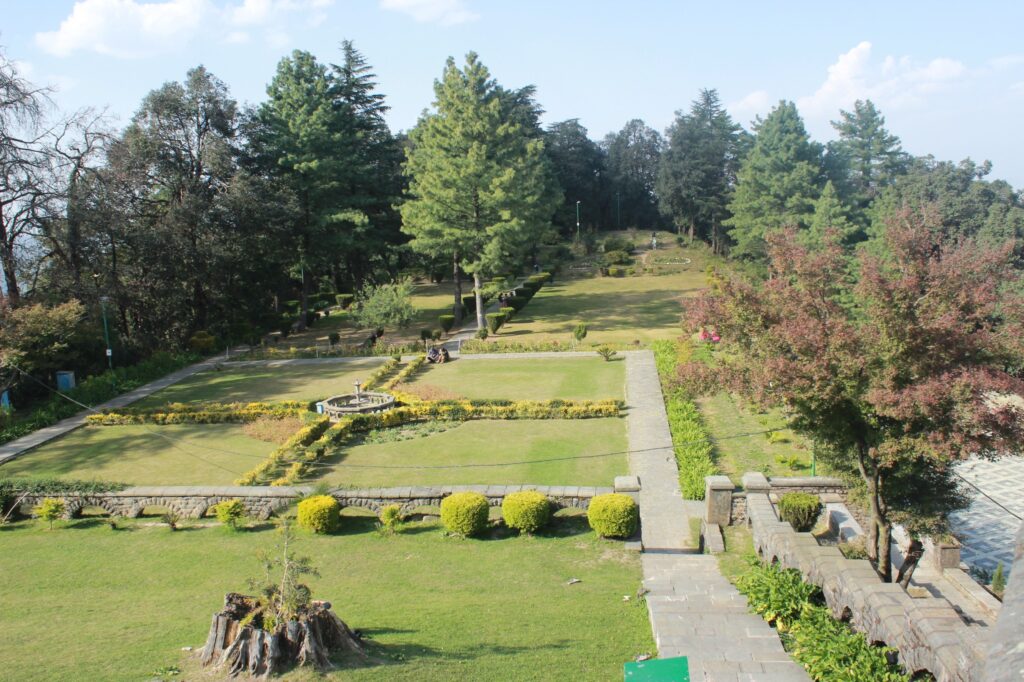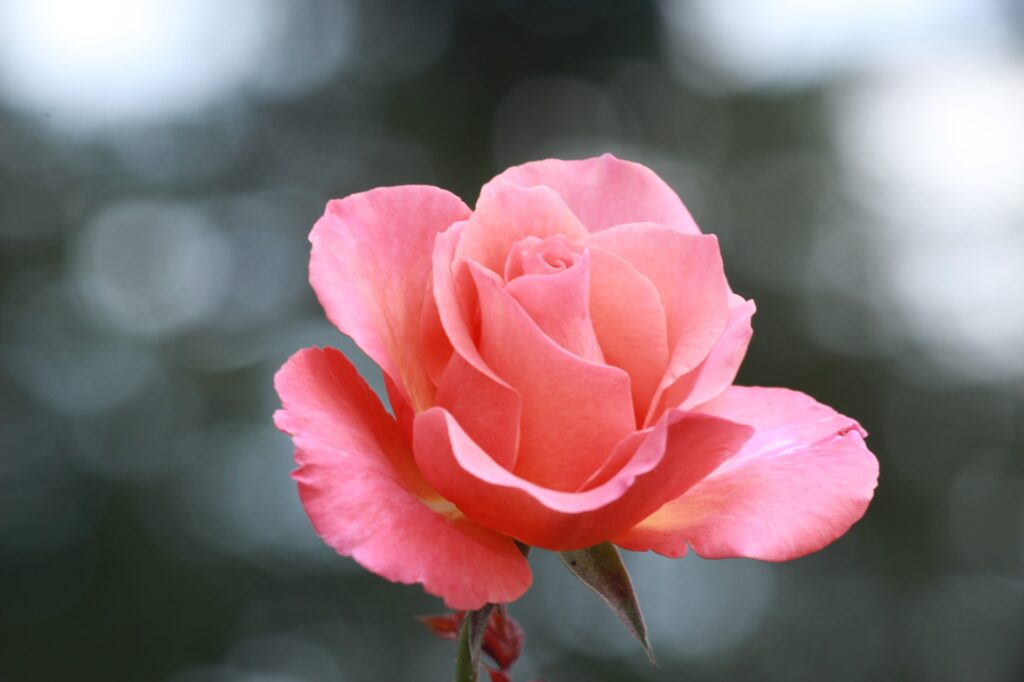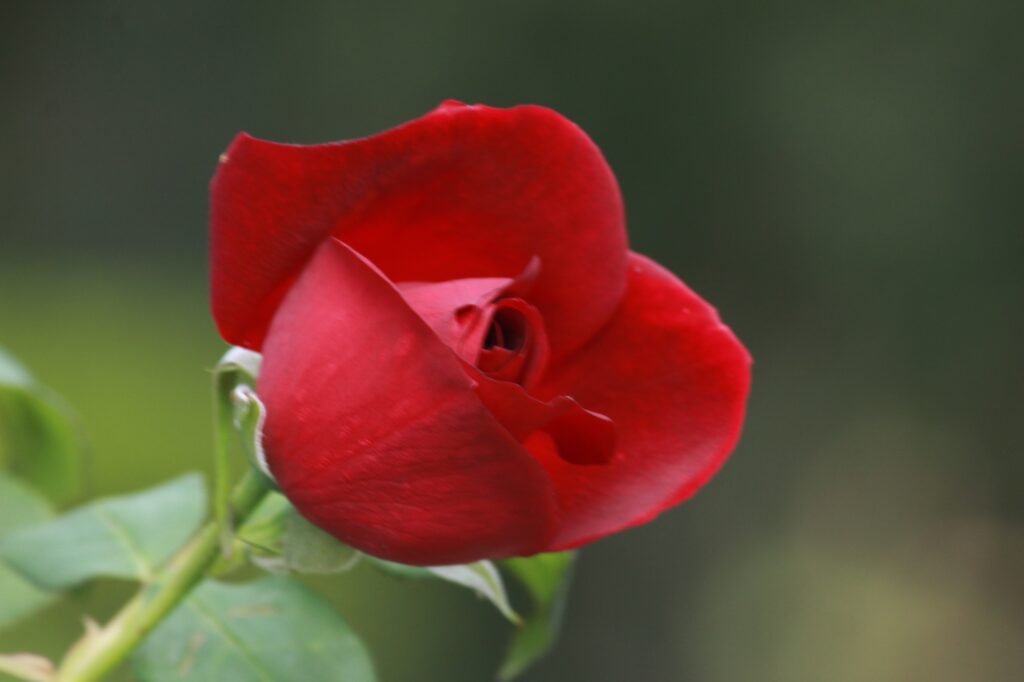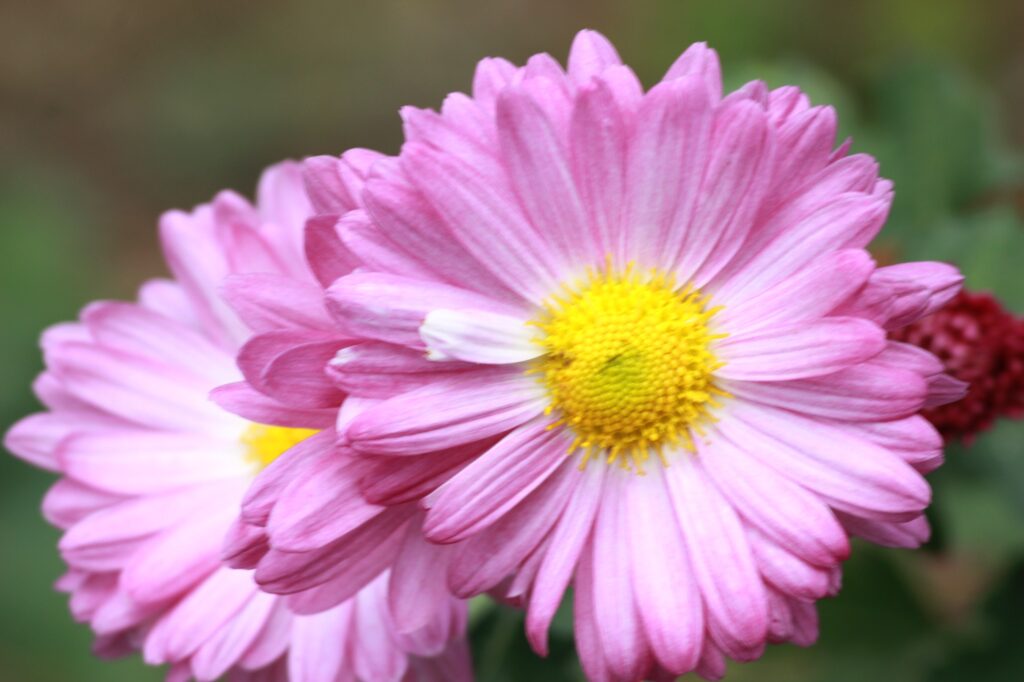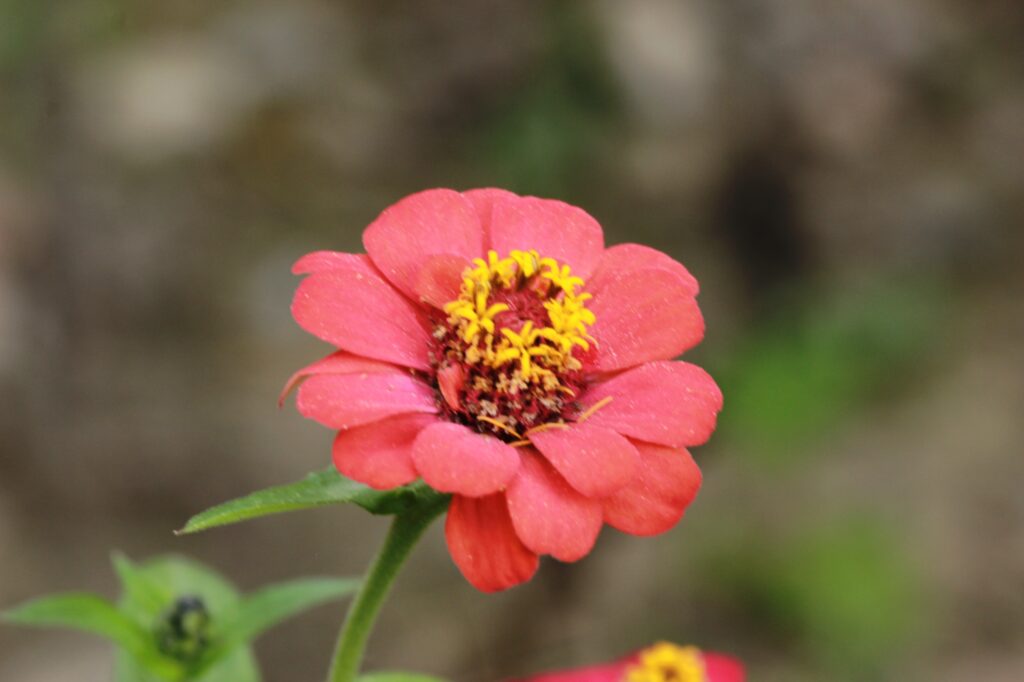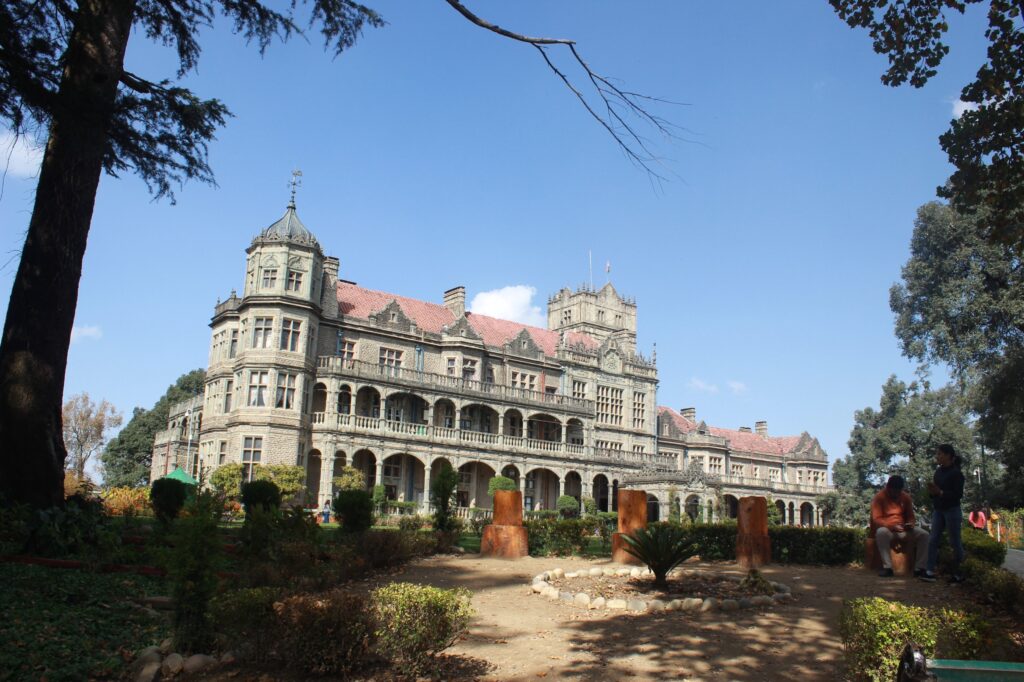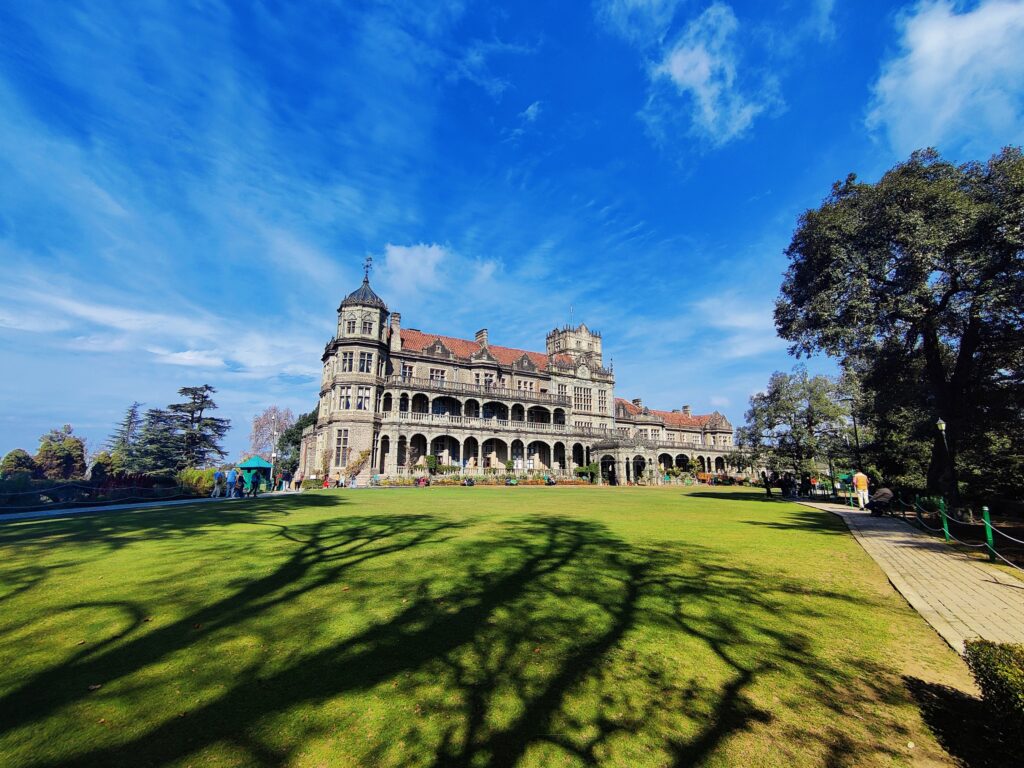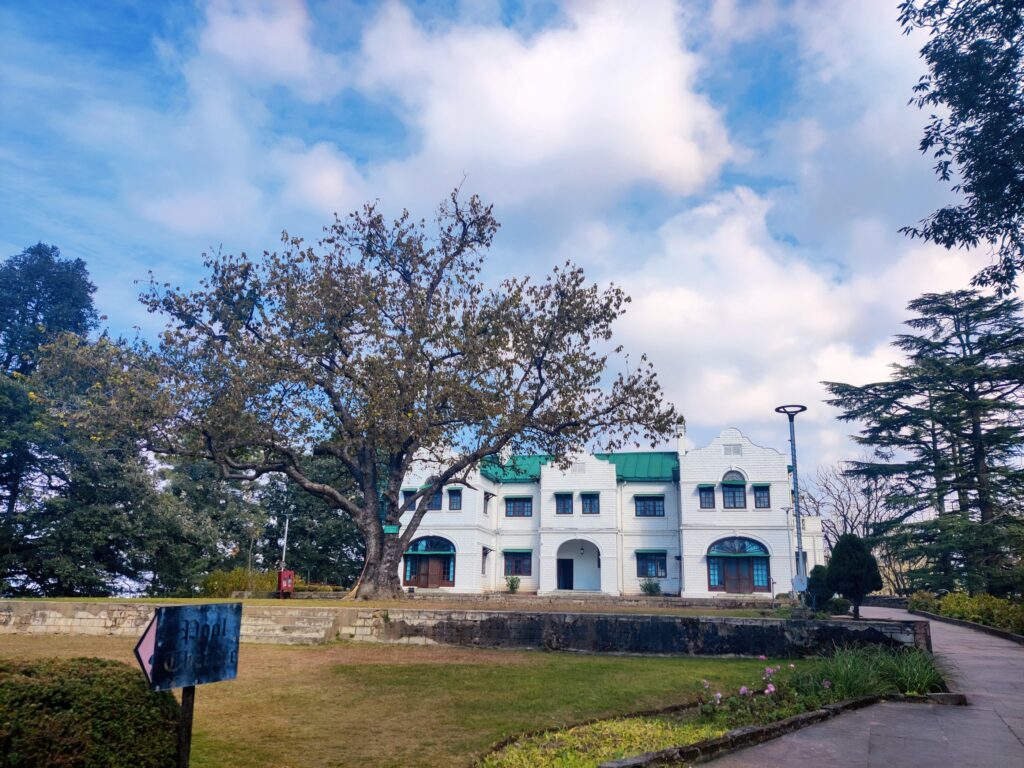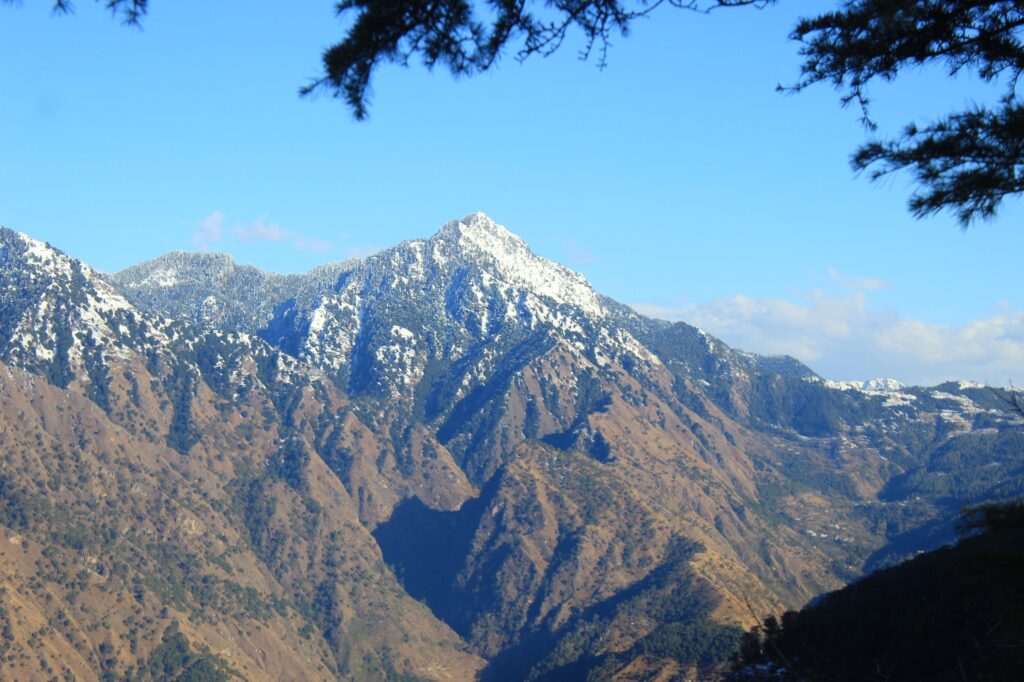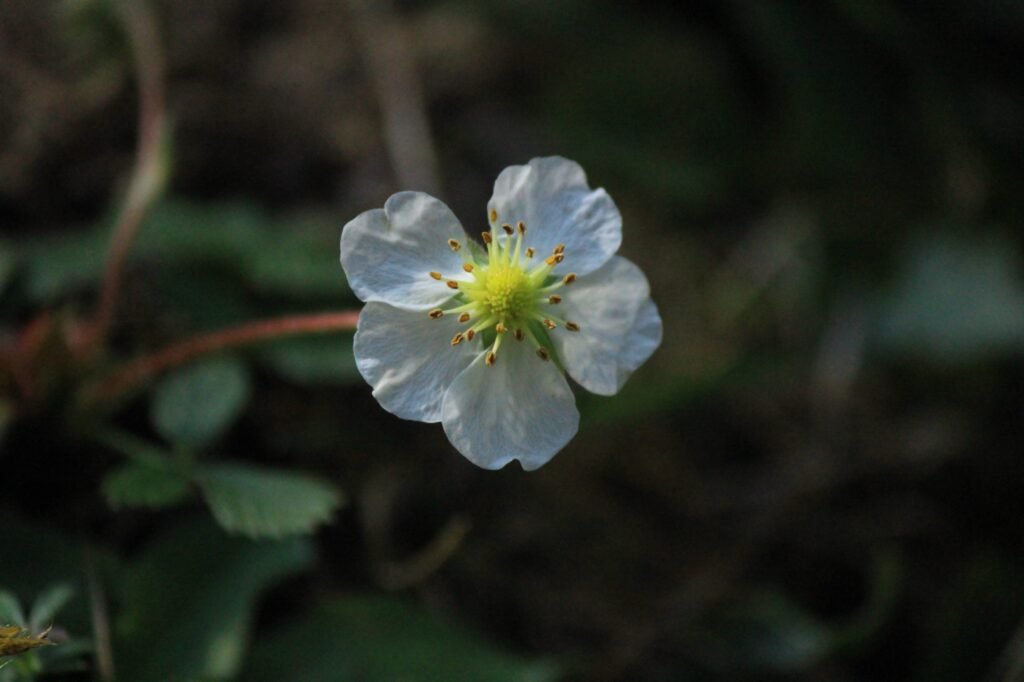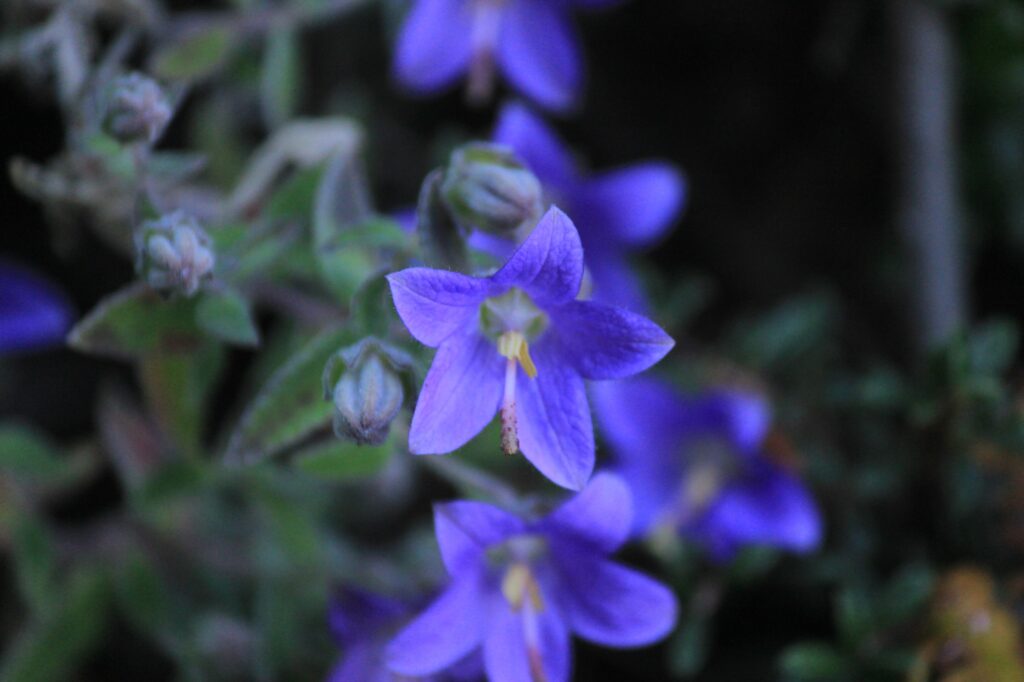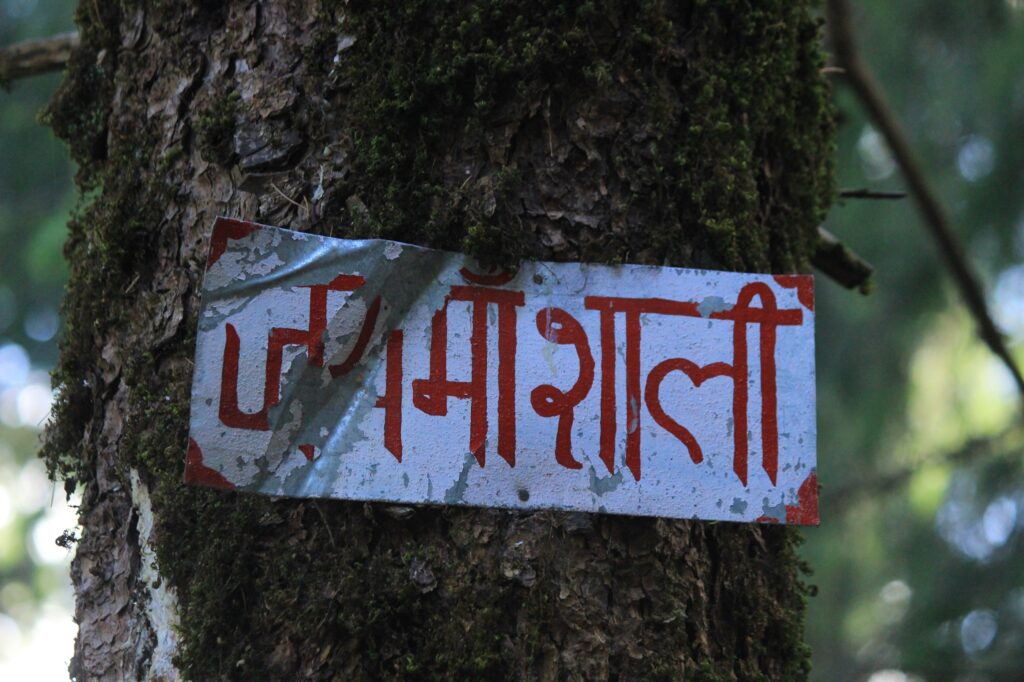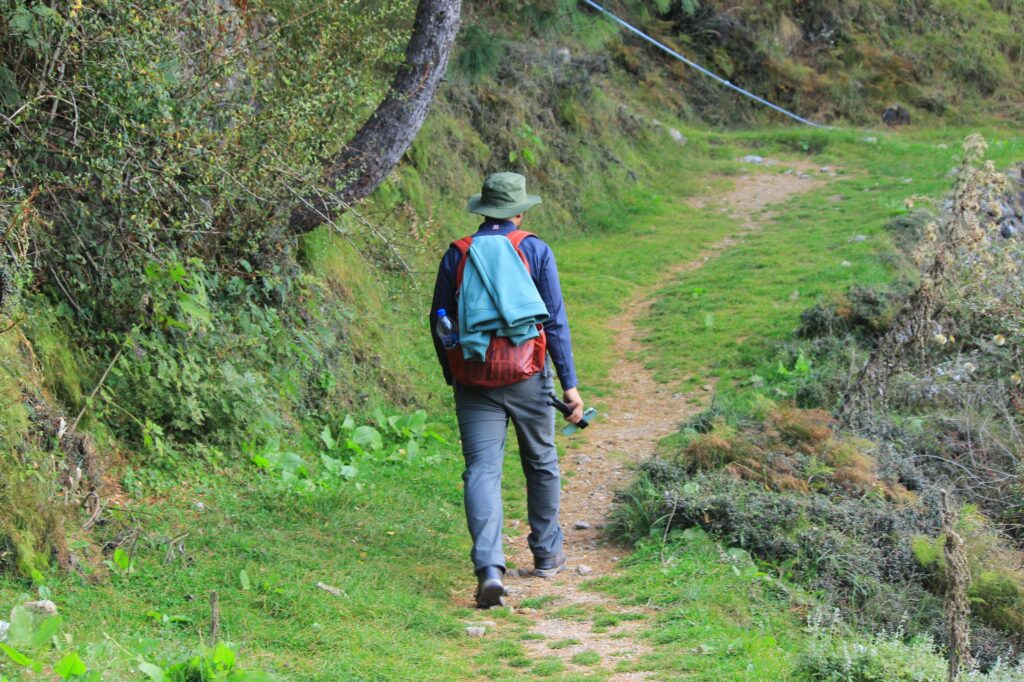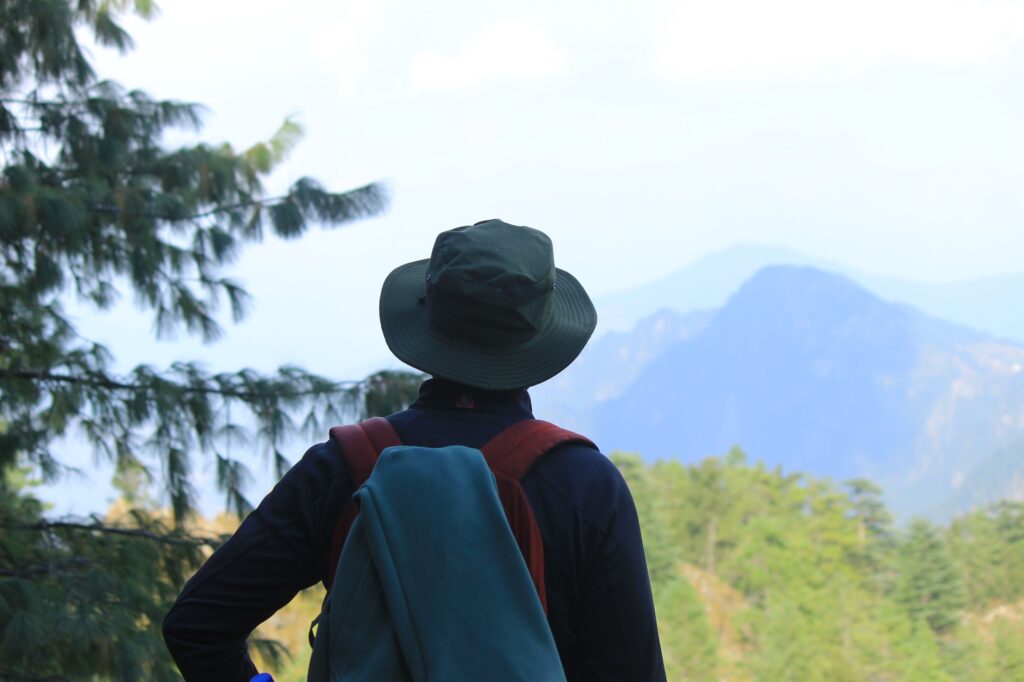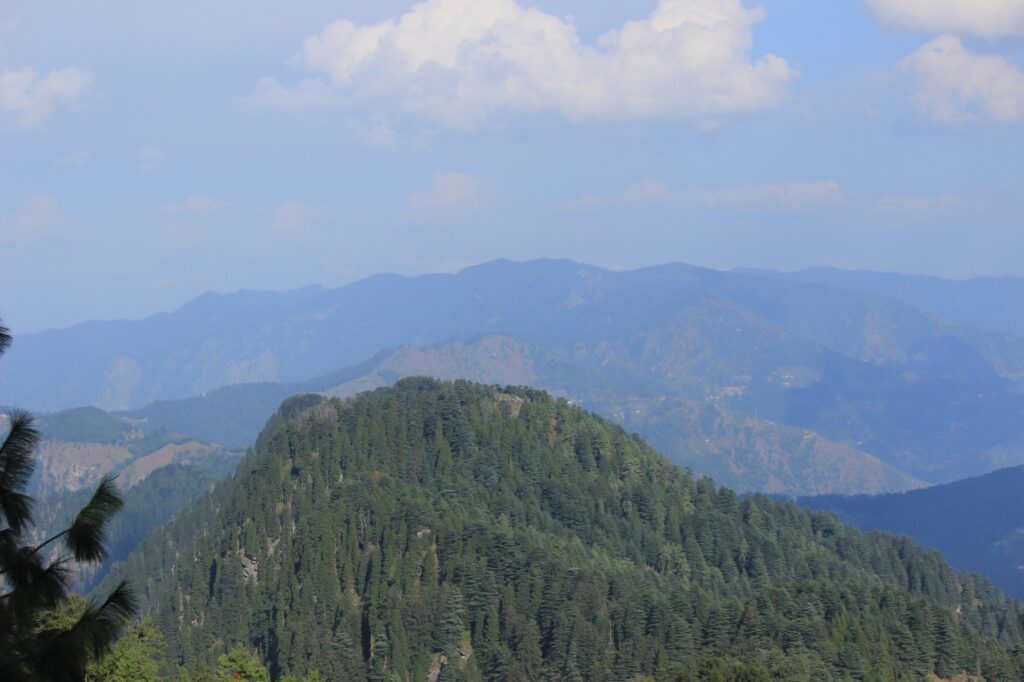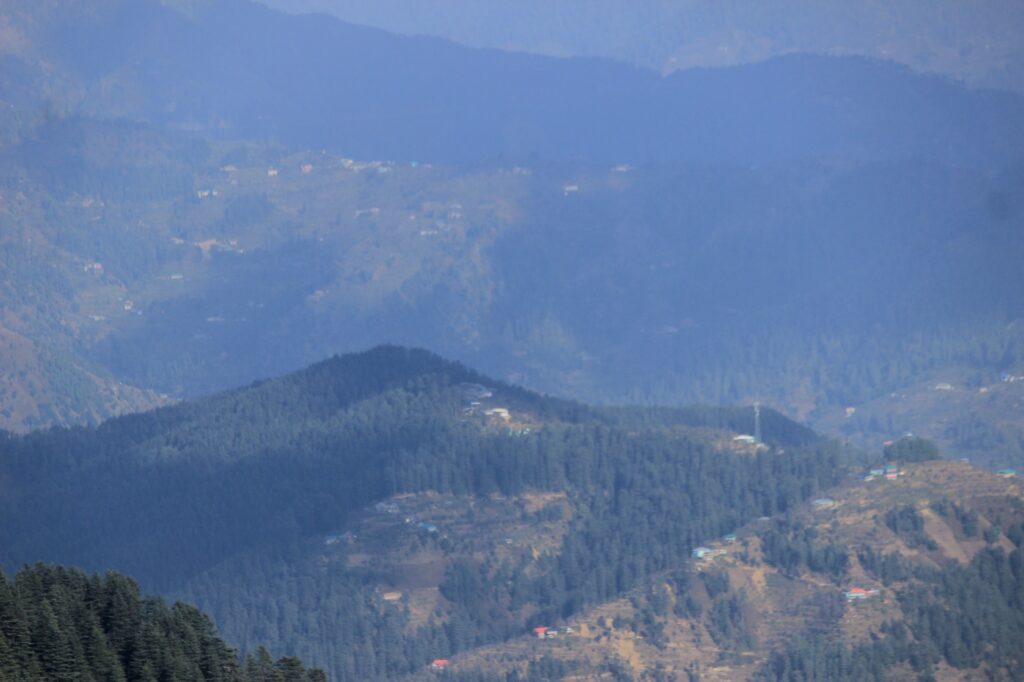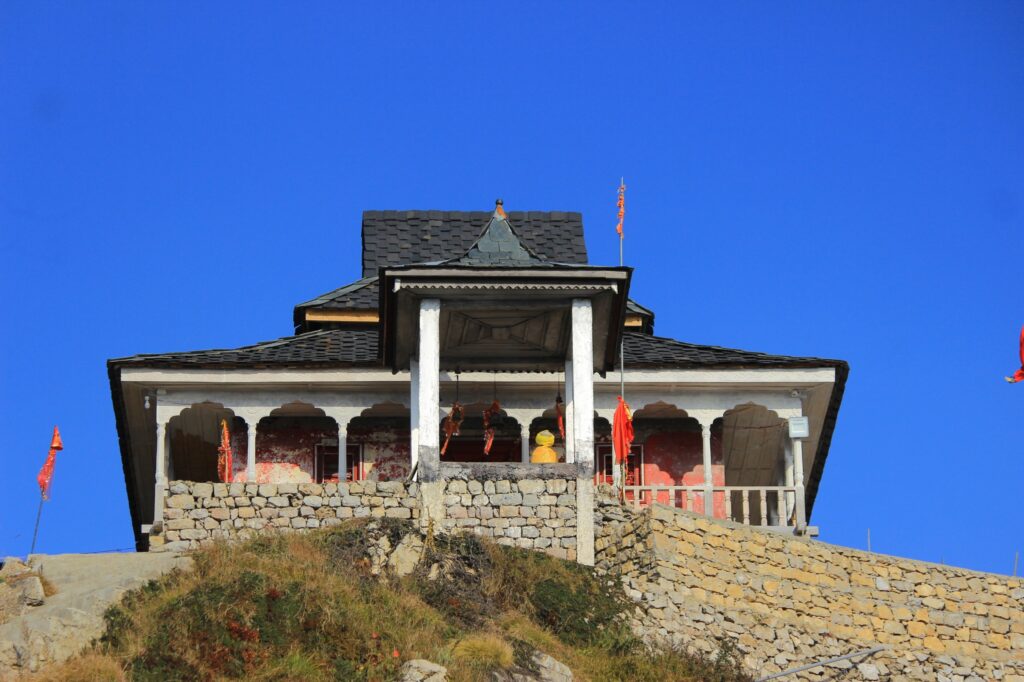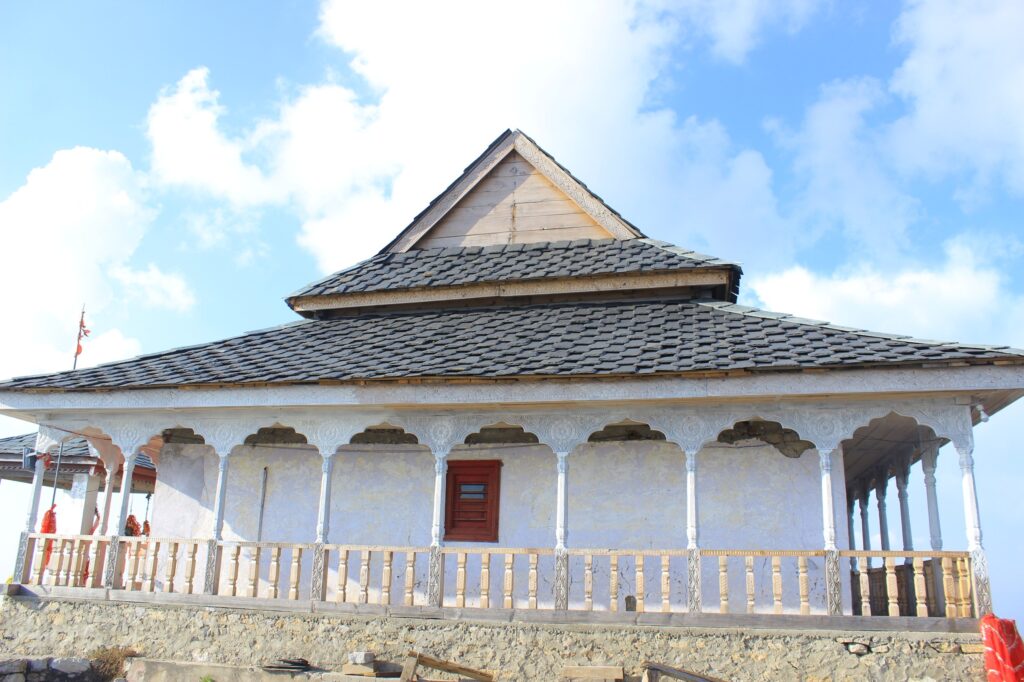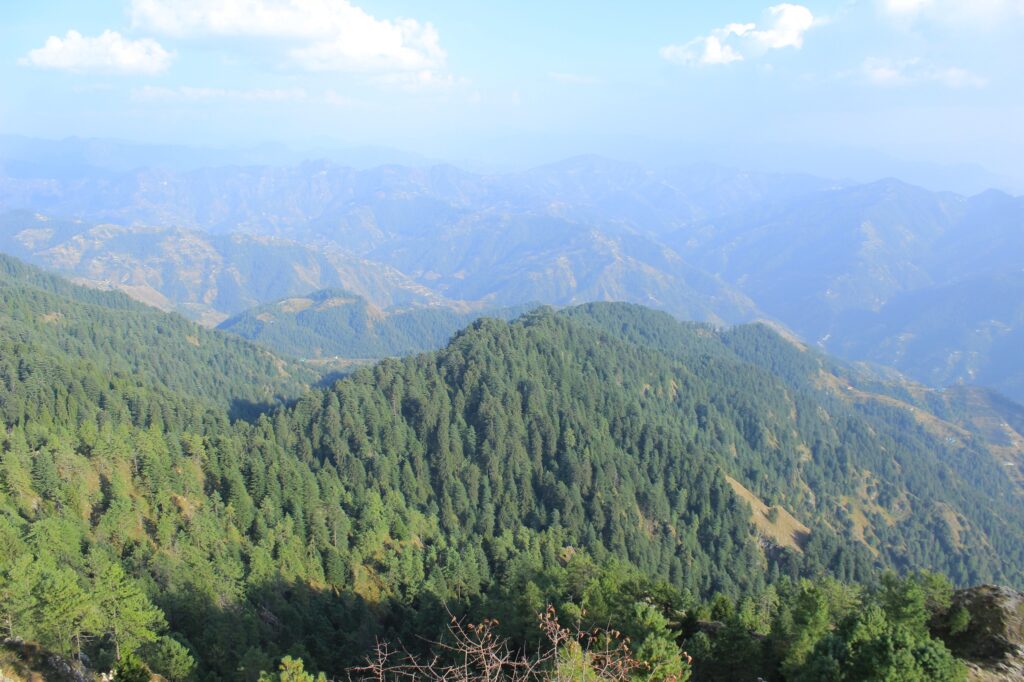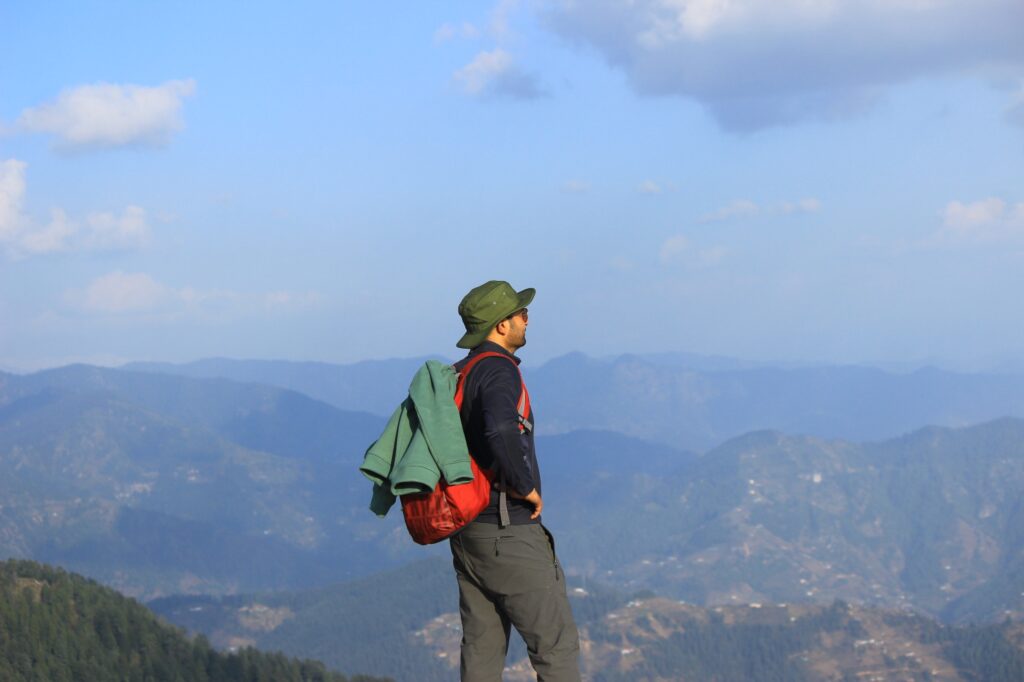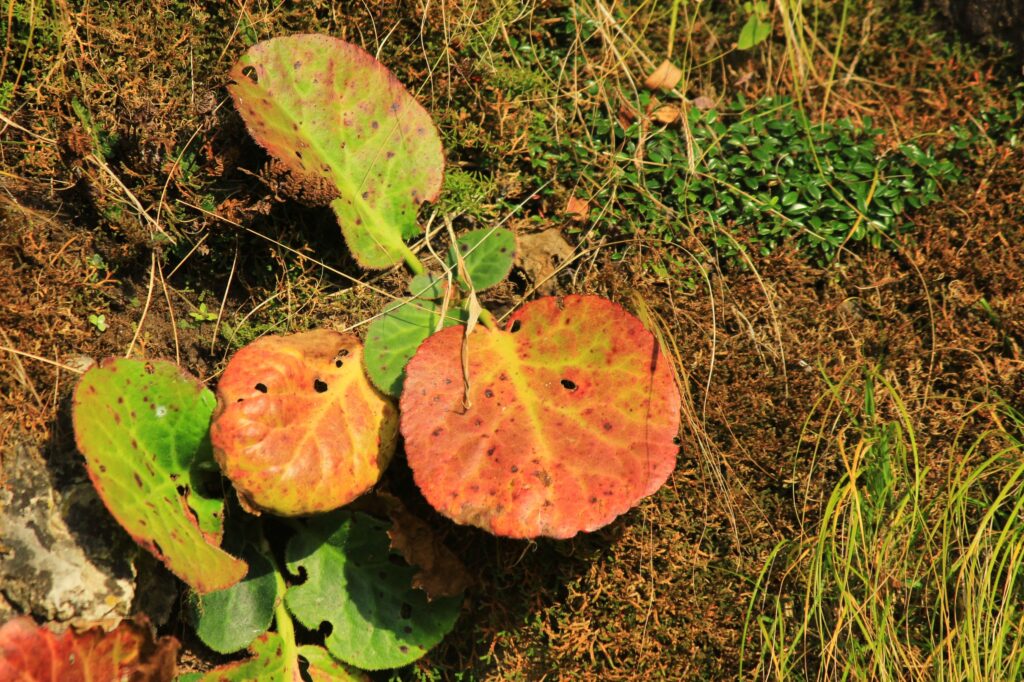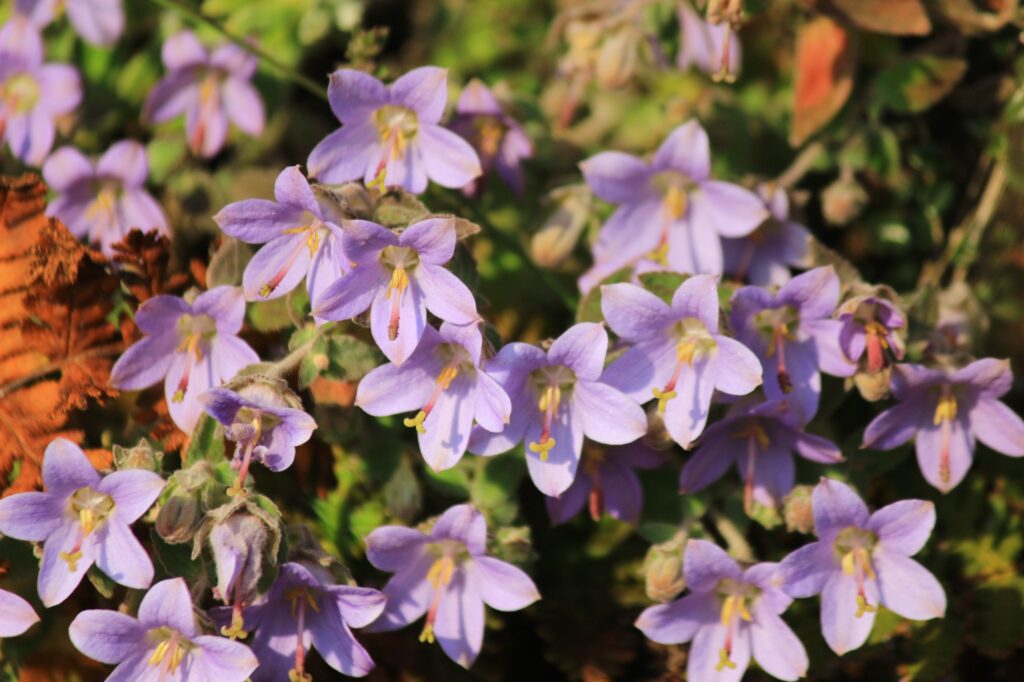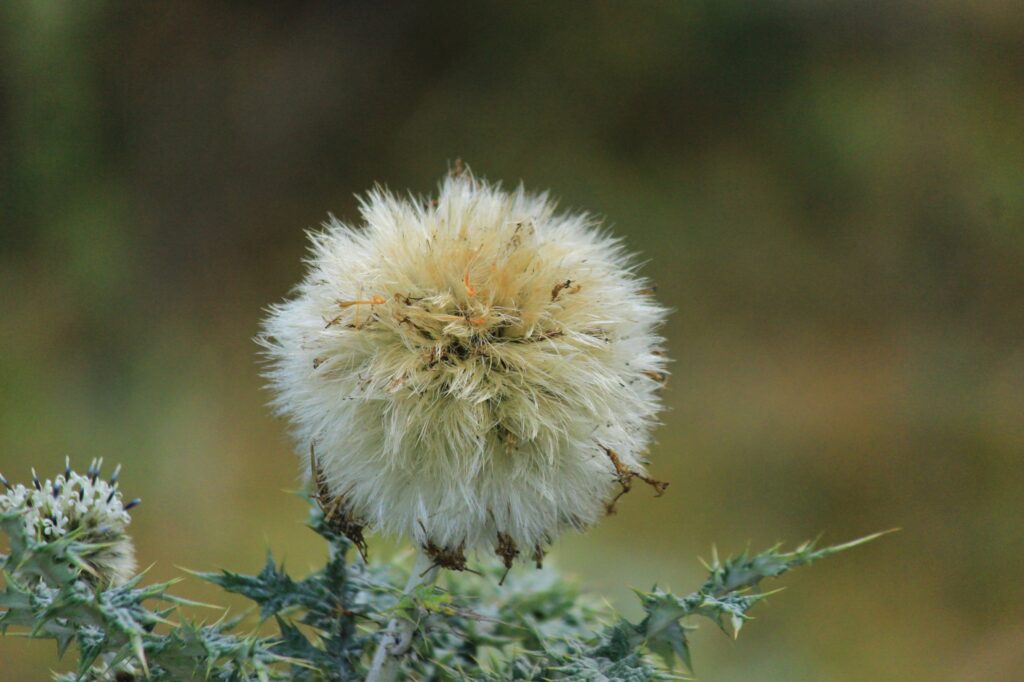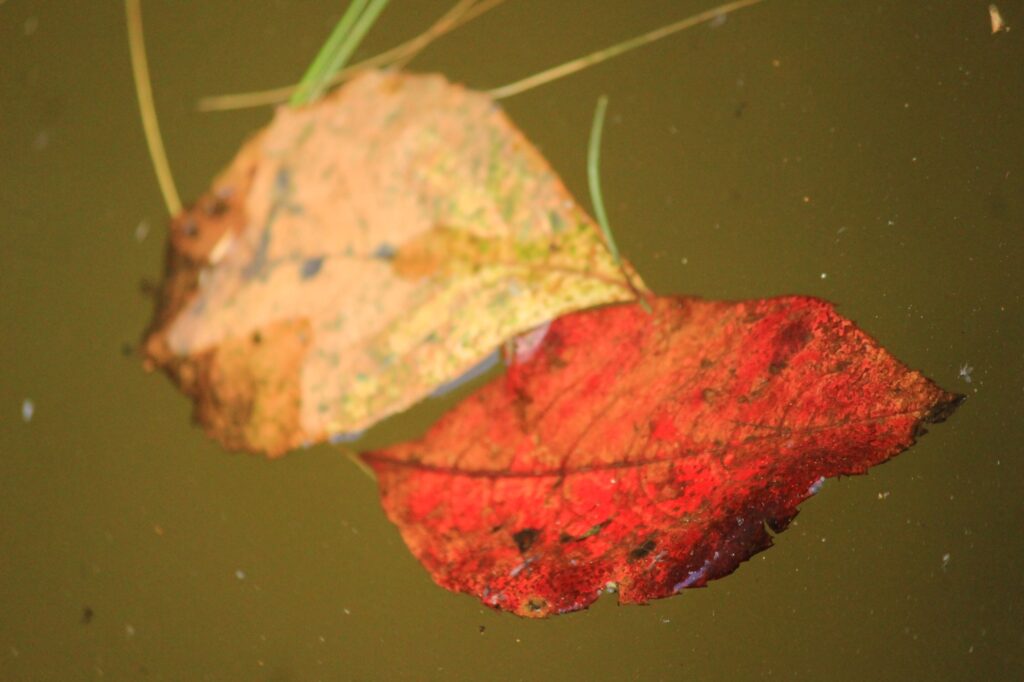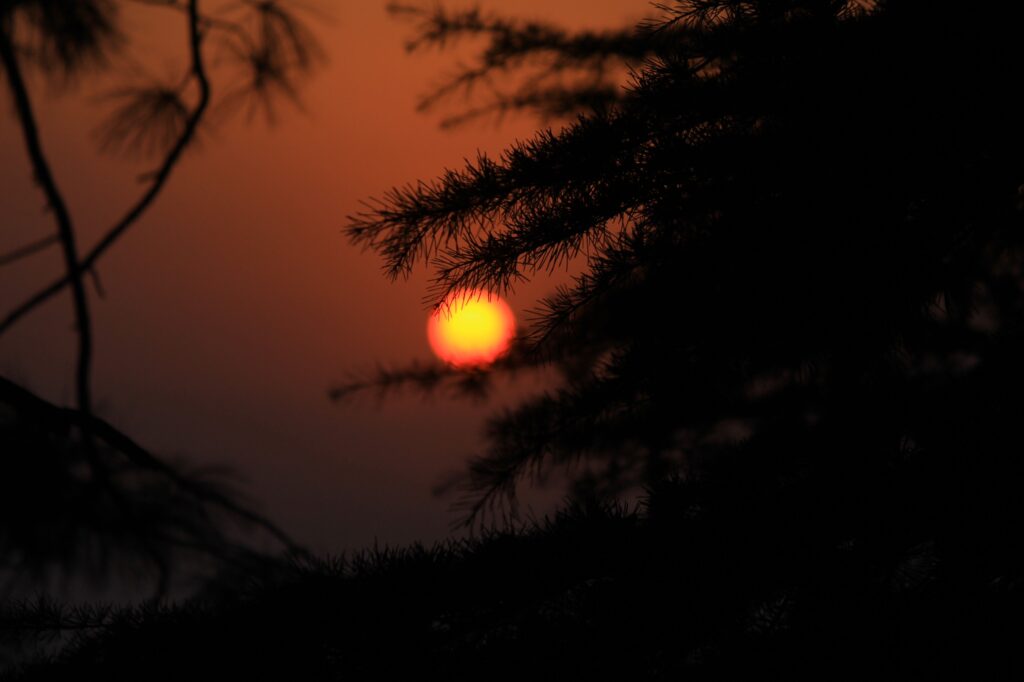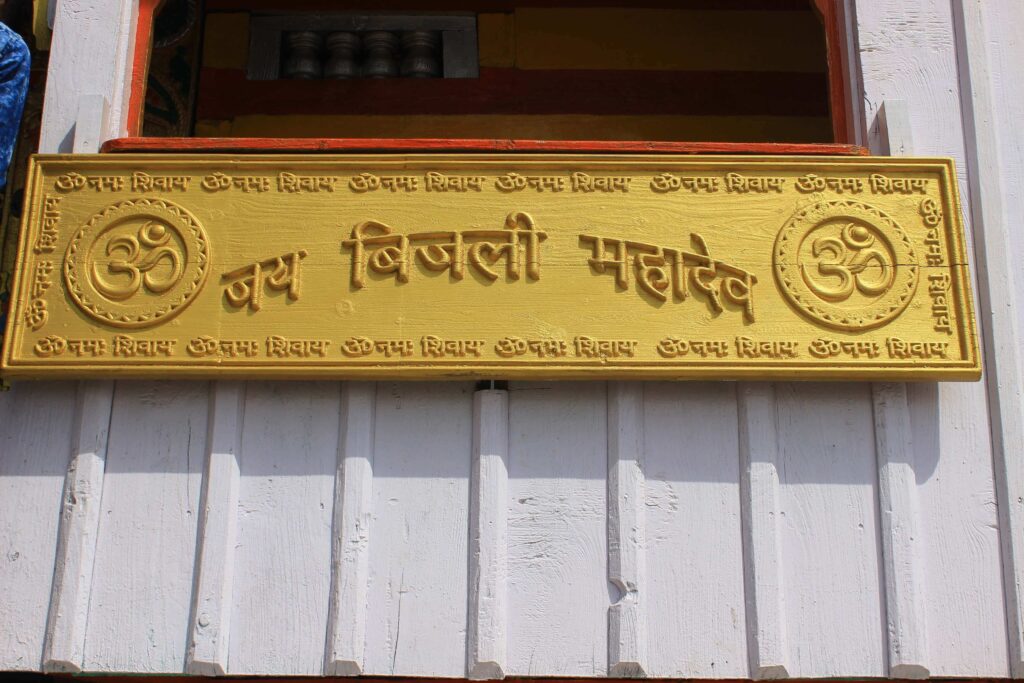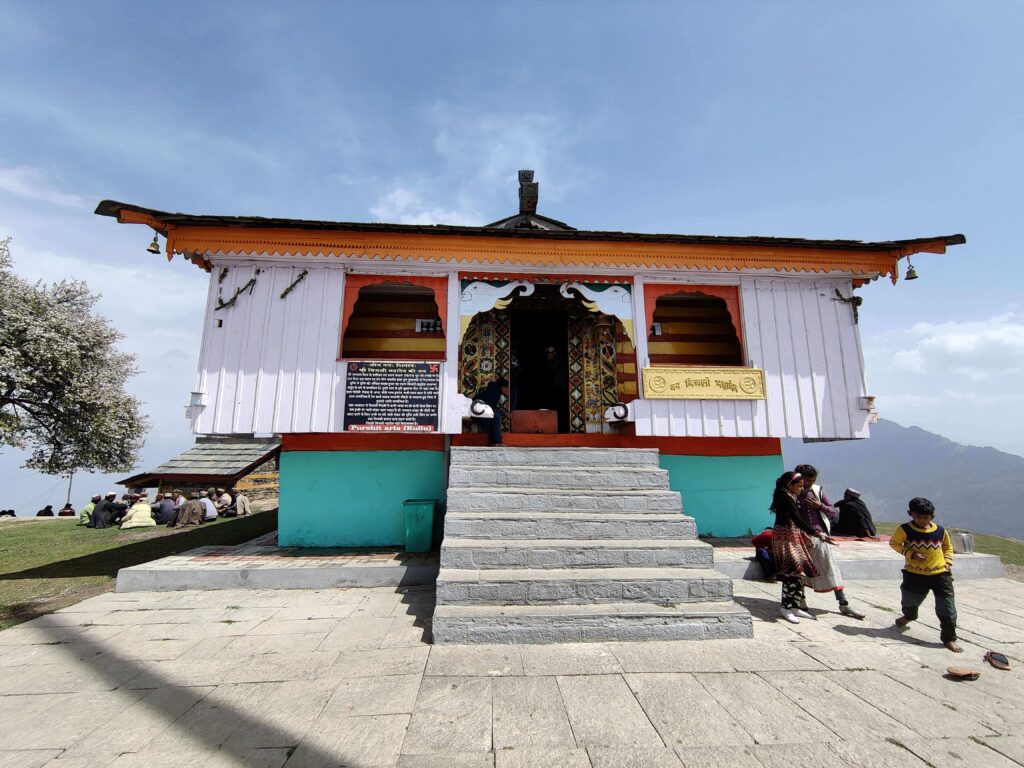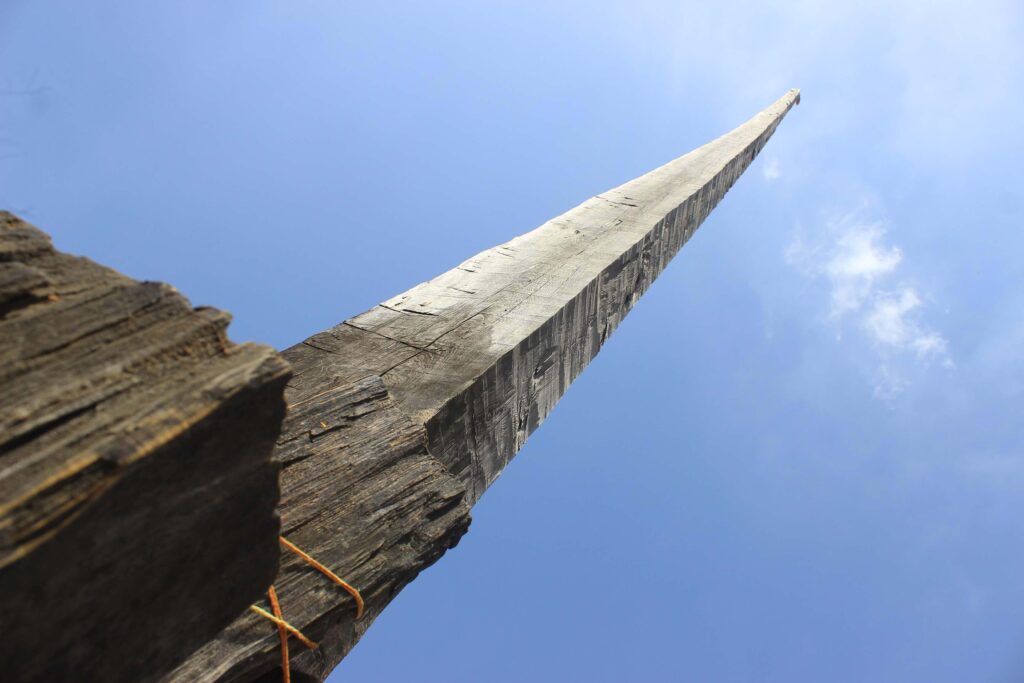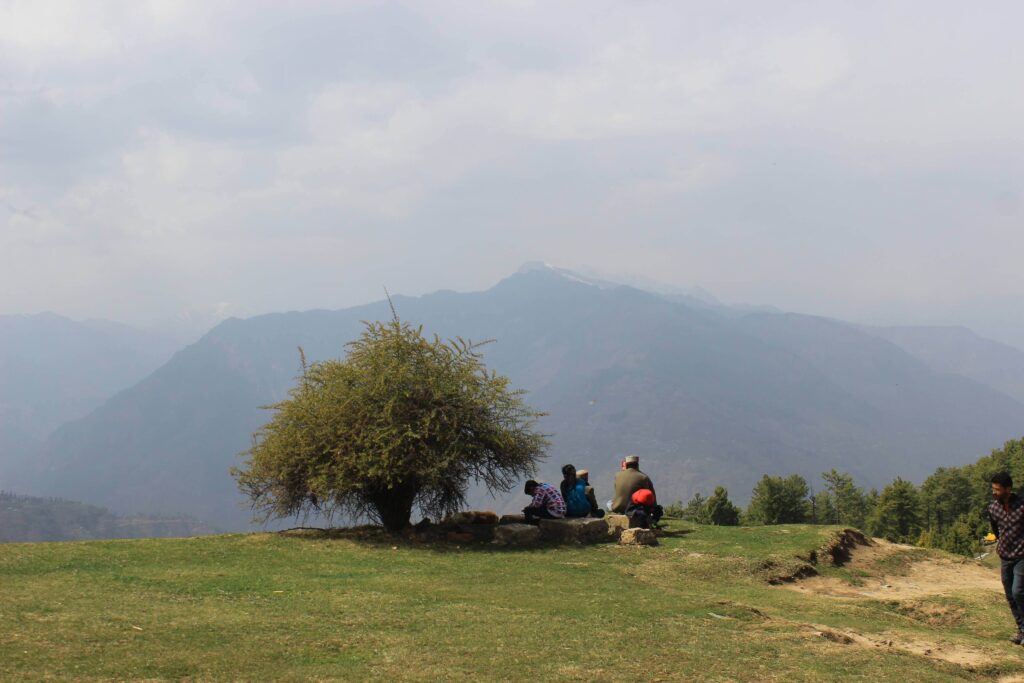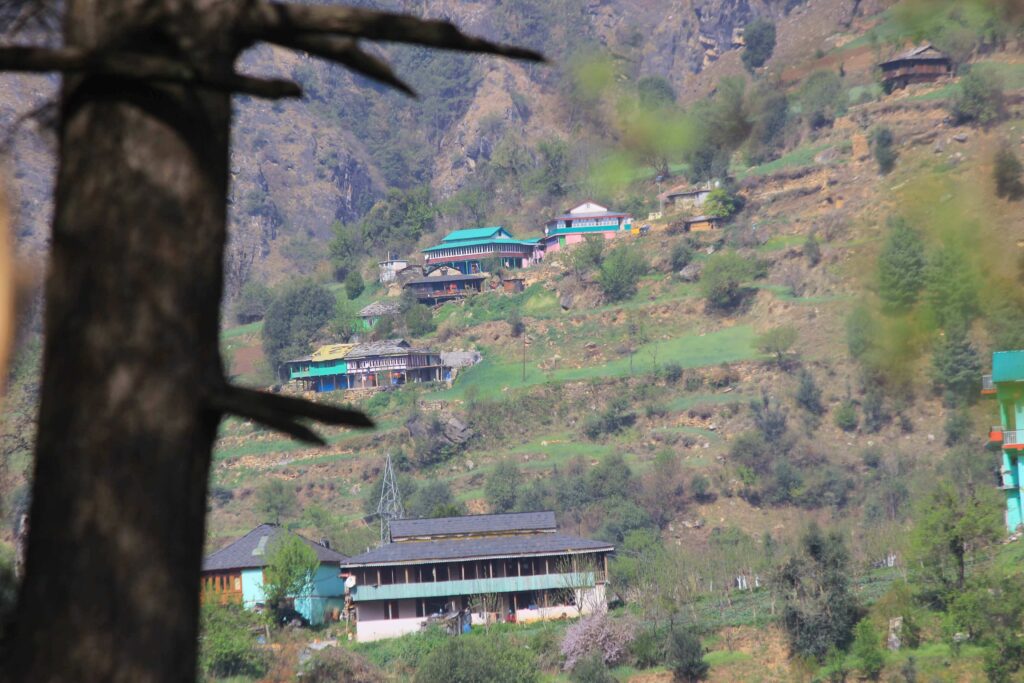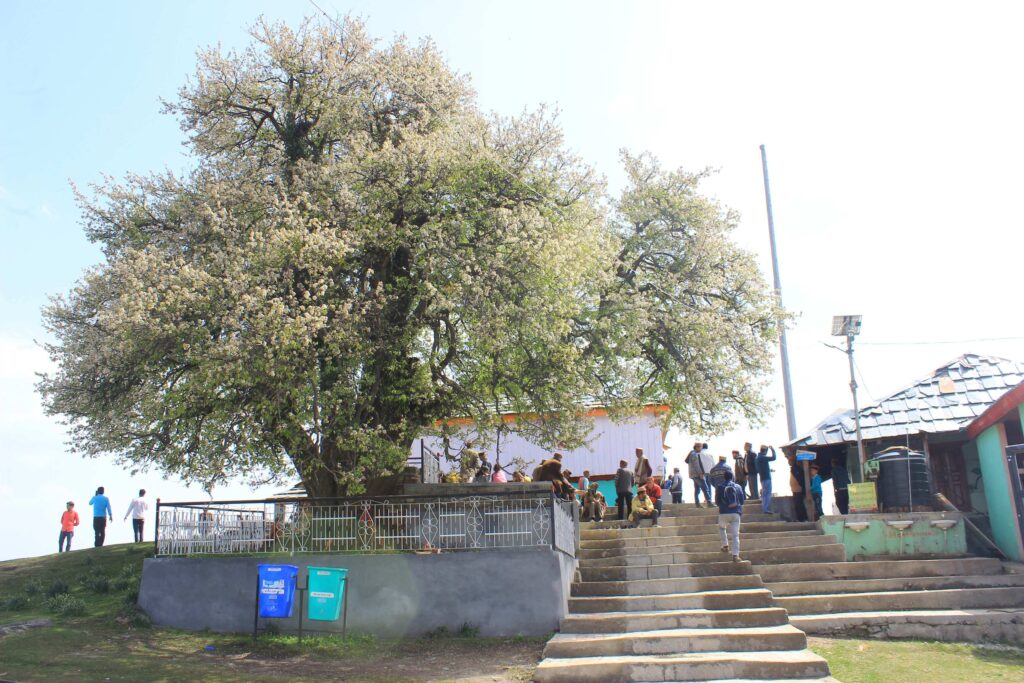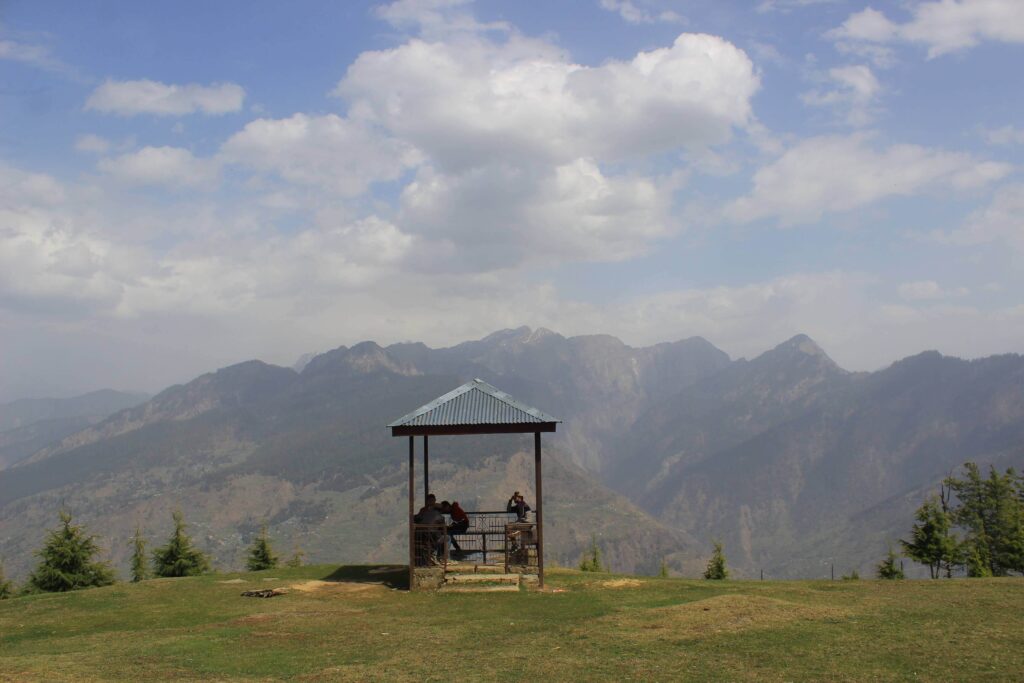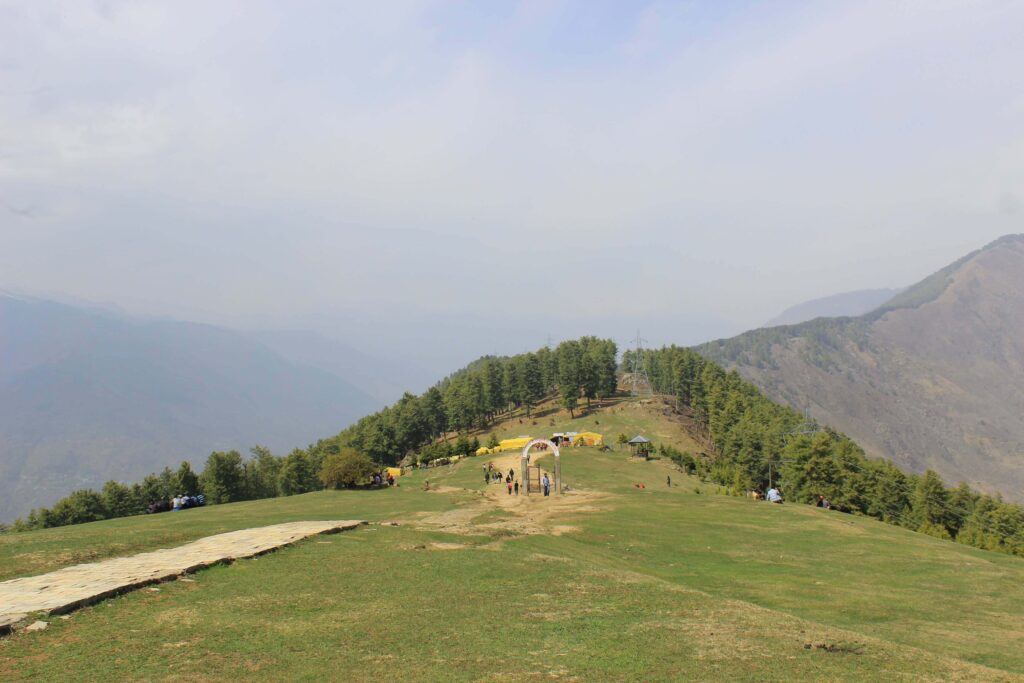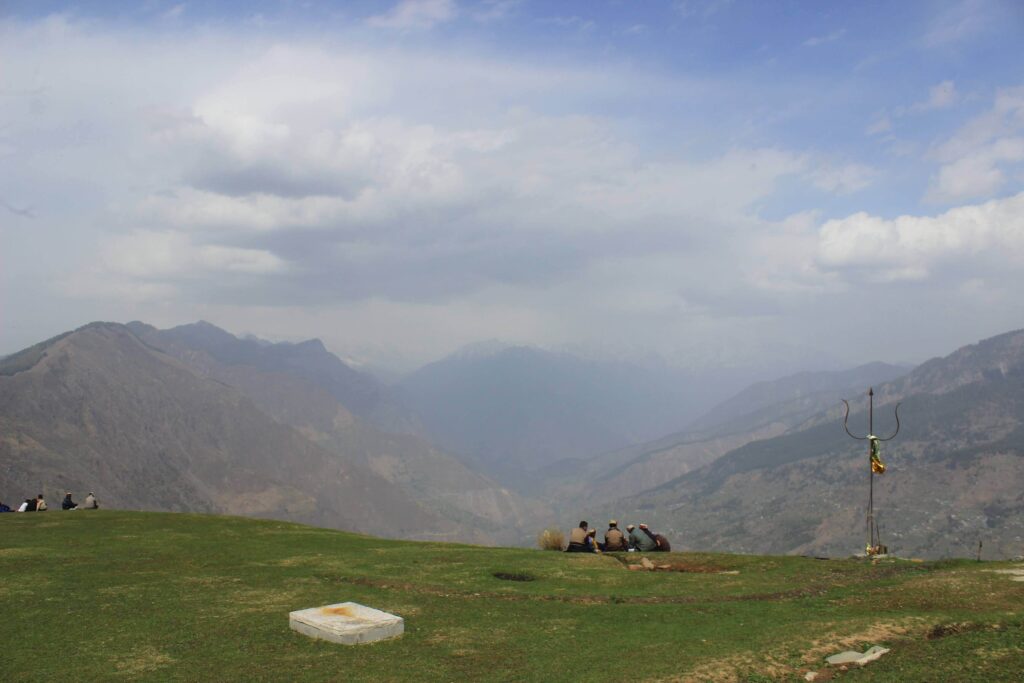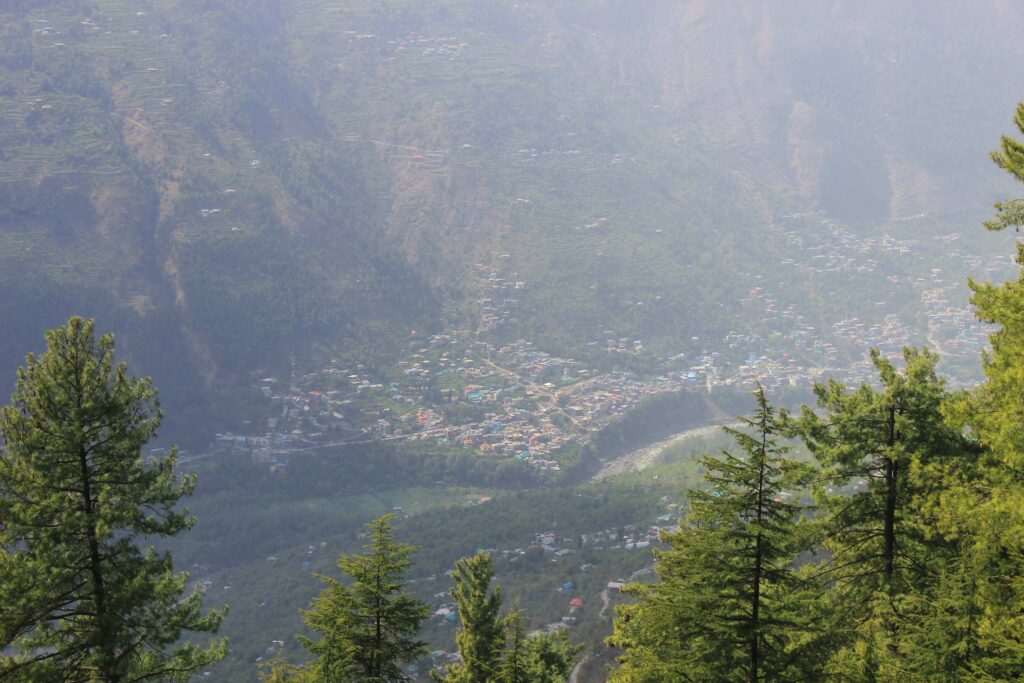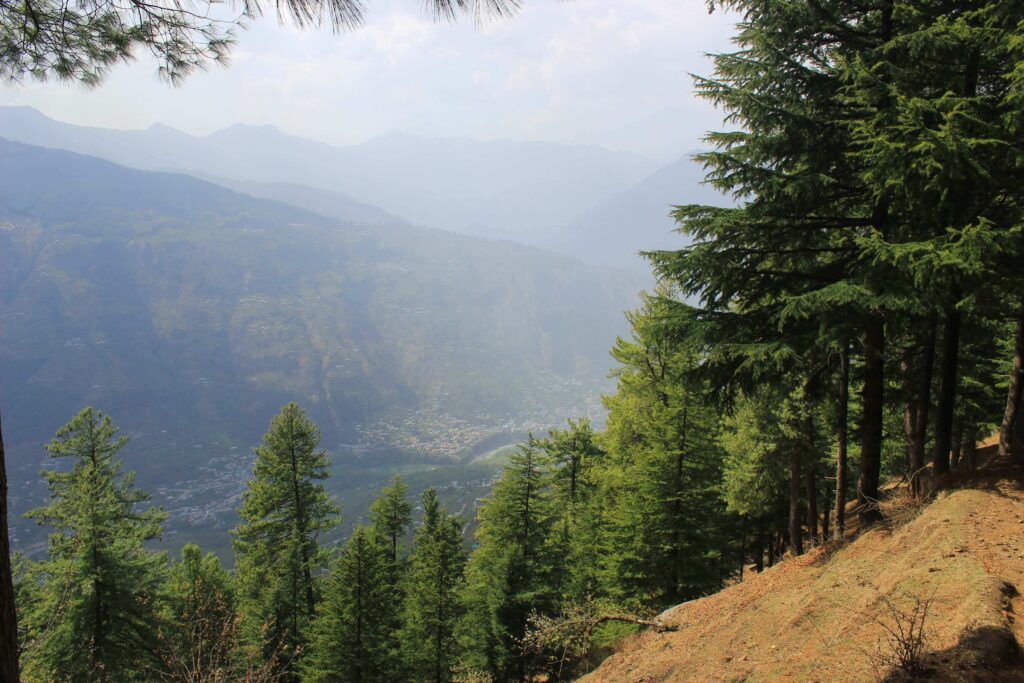A Journey Through the Frozen Heart of the Himalayas – Feb 2025 & Join Us Again in Feb 2026
In February 2025, our team from Himalayan Wings led an extraordinary wildlife photography expedition into the icy wilderness of Spiti Valley, Himachal Pradesh — one of India’s most remote and surreal winter landscapes.
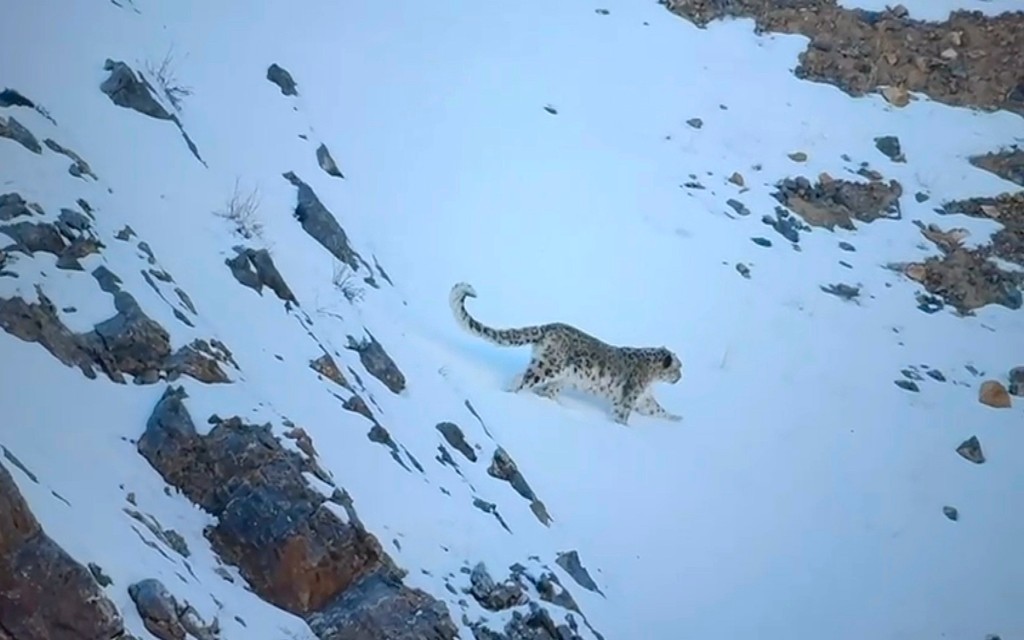
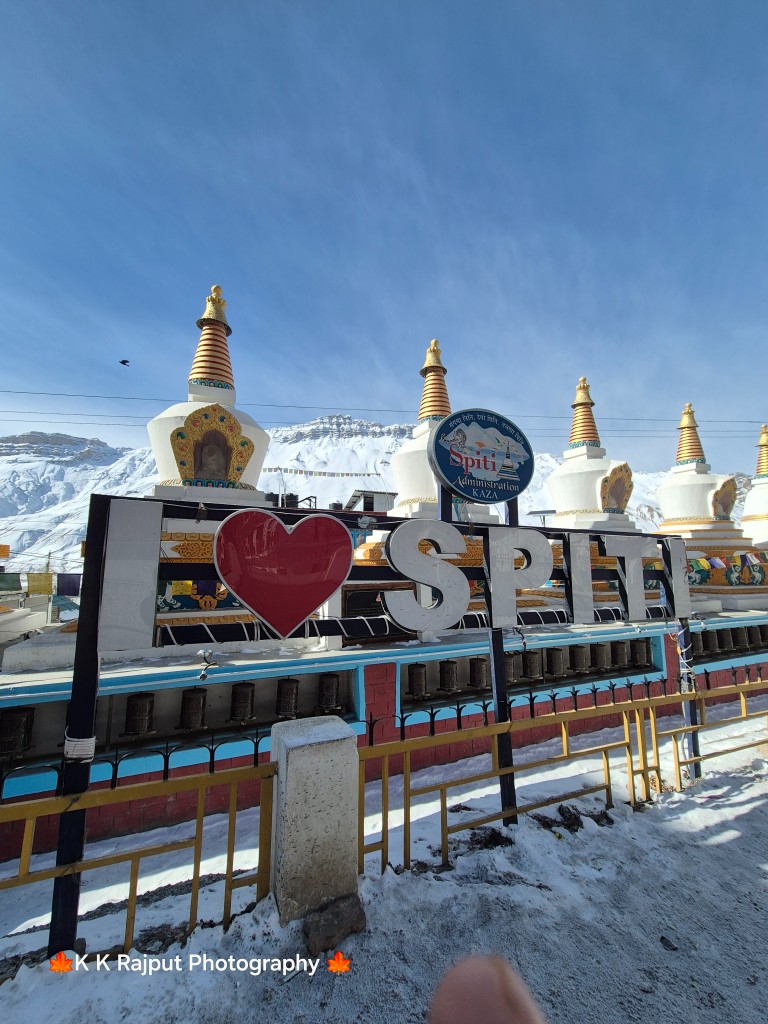
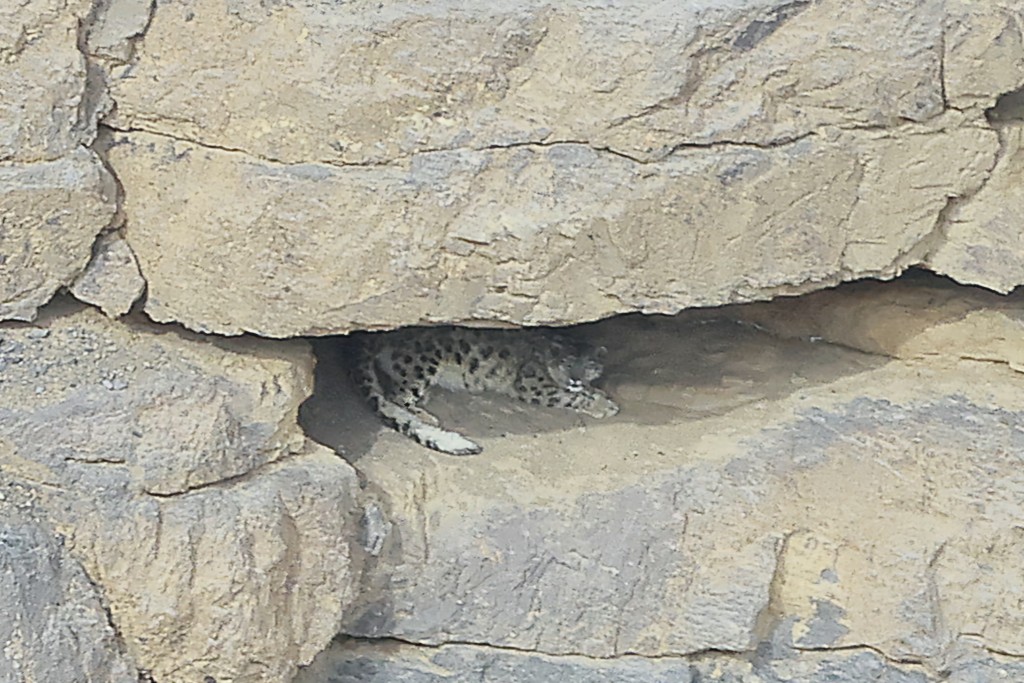
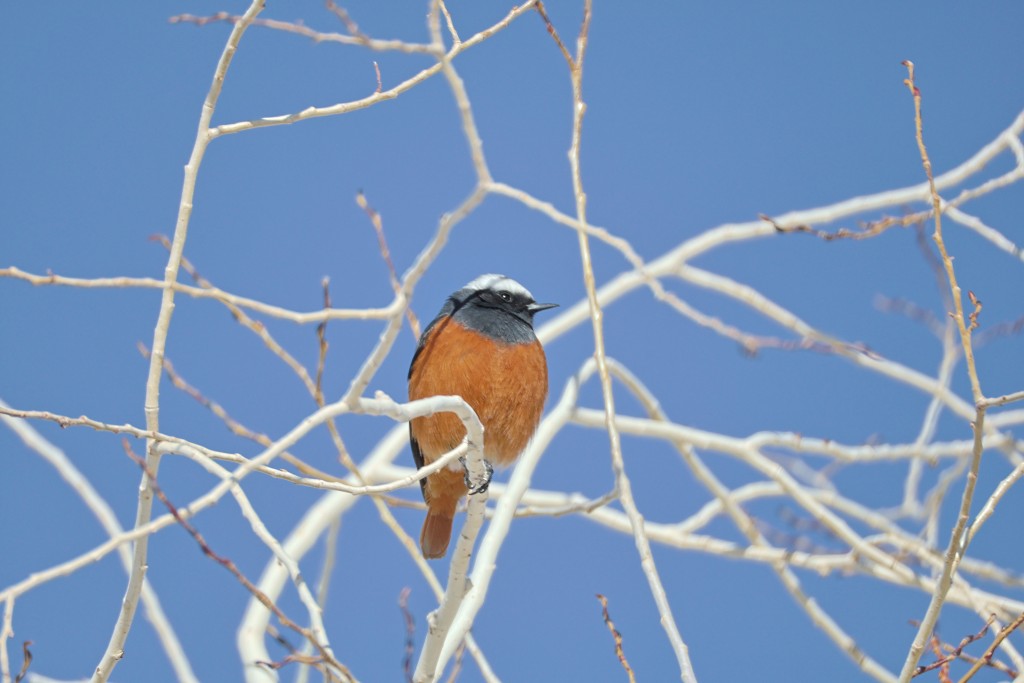
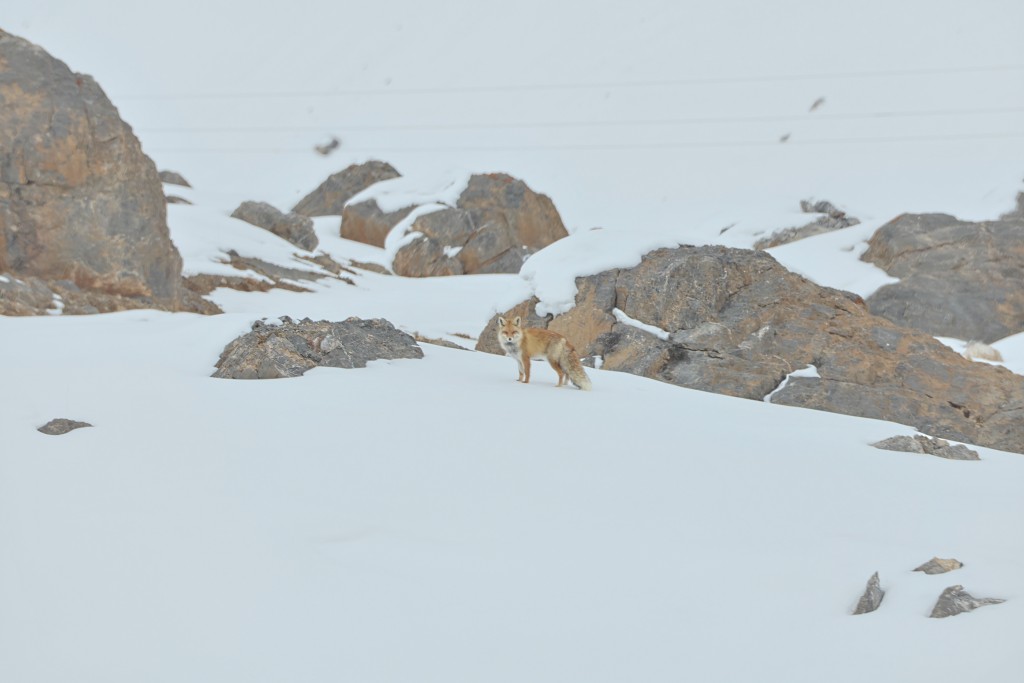
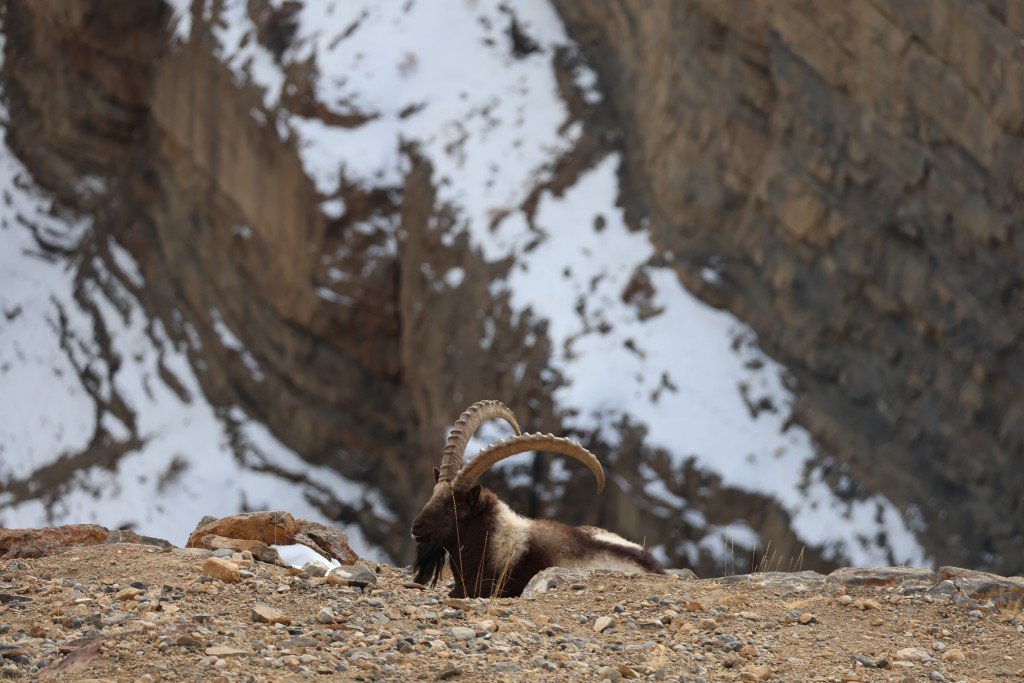
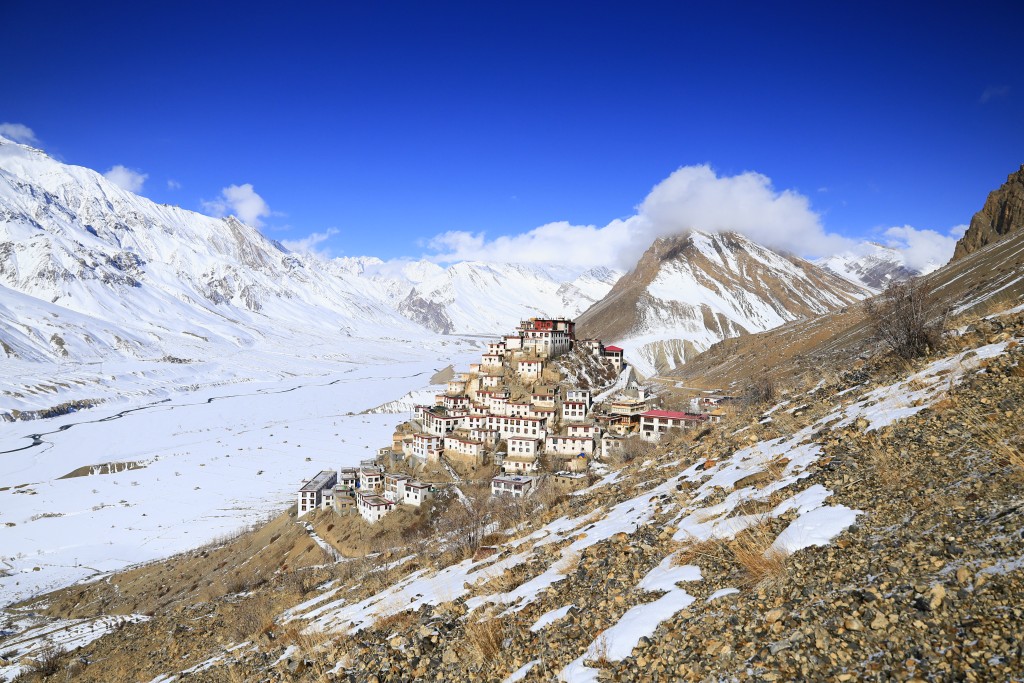
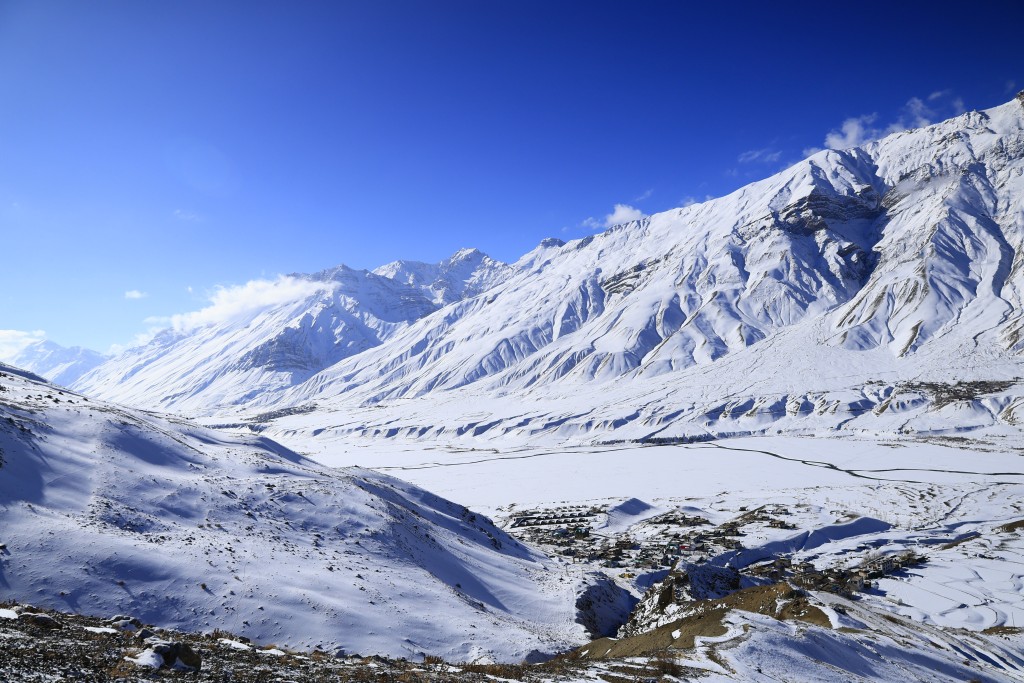
The Journey Begins: Shimla to Kaza
Our journey kicked off from the colonial charm of Shimla, winding through snow-covered roads, sleepy villages, and dramatic mountain passes, before finally reaching Kaza, the gateway to Spiti Valley. The air grew thinner, and the temperature dropped as we ascended into the high-altitude desert — raw, remote, and surreal.
With seven dedicated photographers and three rugged 4×4 vehicles, we ventured deep into the snowbound valleys, high mountain passes, and frozen villages of Spiti, chasing the dream of every wildlife enthusiast: spotting the elusive Snow Leopard in its natural habitat.
The Search Begins: Binoculars, Patience, and Cold Winds
The real adventure began the next morning. With our spotters and local guides — affectionately known as our “spot boys” — armed with binoculars and years of tracking experience, we began scanning the vast, rugged terrain for the elusive Snow Leopard, also known as the “Ghost of the Mountains.”
For three days, our team tirelessly scouted cliffs, ridgelines, and valleys. We endured biting cold, long hours, and countless cups of chai in between hopeful glances at the distant hills.
🐾 Highlights of Our 2025 Expedition:
Over 11 unforgettable days, we tracked and photographed:
- ❄️ The Snow Leopard – the “Ghost of the Mountains,” camouflaged in rock and snow
- 🐺 Himalayan Wolf – a rare and powerful predator of the high-altitude desert
- 🐐 Ibex and Mountain Goats – masters of the cliffs
- 🦊 Red Fox – shy, yet playful among the snowdrifts
- 🦅 A variety of high-altitude birds and lesser-known species
Each moment brought a deeper connection with this stark yet beautiful land, where silence speaks louder than sound, and patience is often rewarded with magic.
A Call from Langza: The Ghost Revealed
On Day 4, excitement crackled over the radio — a snow leopard had been spotted in a den near Langza, a picturesque village high above Kaza.
We rushed there immediately.
All day, we waited silently, eyes fixed on the rocky outcrop where the cat lay hidden. We caught glimpses of him — his eyes peeking from the shadows, calm and observant. Hours passed. The snow sparkled under the sun, the wind howled through the valley, and yet, he stayed inside.
Then, as dusk began to settle over Langza, he finally emerged.
Like a shadow, he made a sudden dash across the deep valley — a fleeting, majestic moment that left us in awe. The snow leopard had shown himself, and just as quickly, disappeared back into the wild.
The Wild is Not Just One Ghost
That same day, nature had more in store for us. As we moved through the valley, we witnessed a wolf stalking the terrain. In a brutal, raw moment of survival, the wolf attacked a donkey and, over a few hours, consumed its prey before vanishing into the cold dusk.
It was nature in its purest, most unforgiving form.
Throughout our stay, we also encountered dozens of Ibexes and mountain goats, gracefully navigating the steep cliffs with ease — stark reminders of how life thrives in the harshest of landscapes.
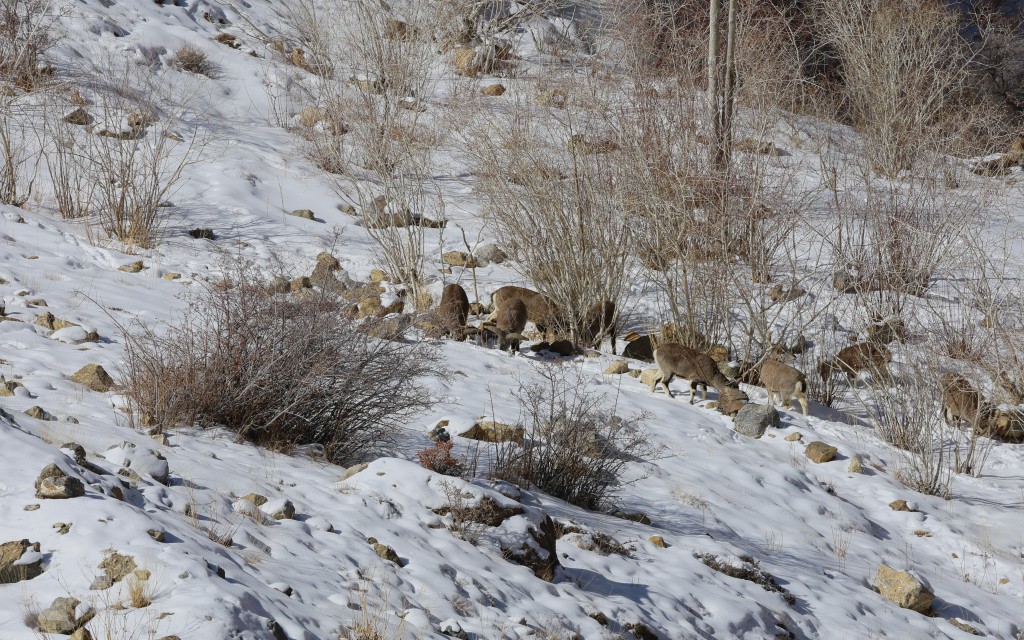
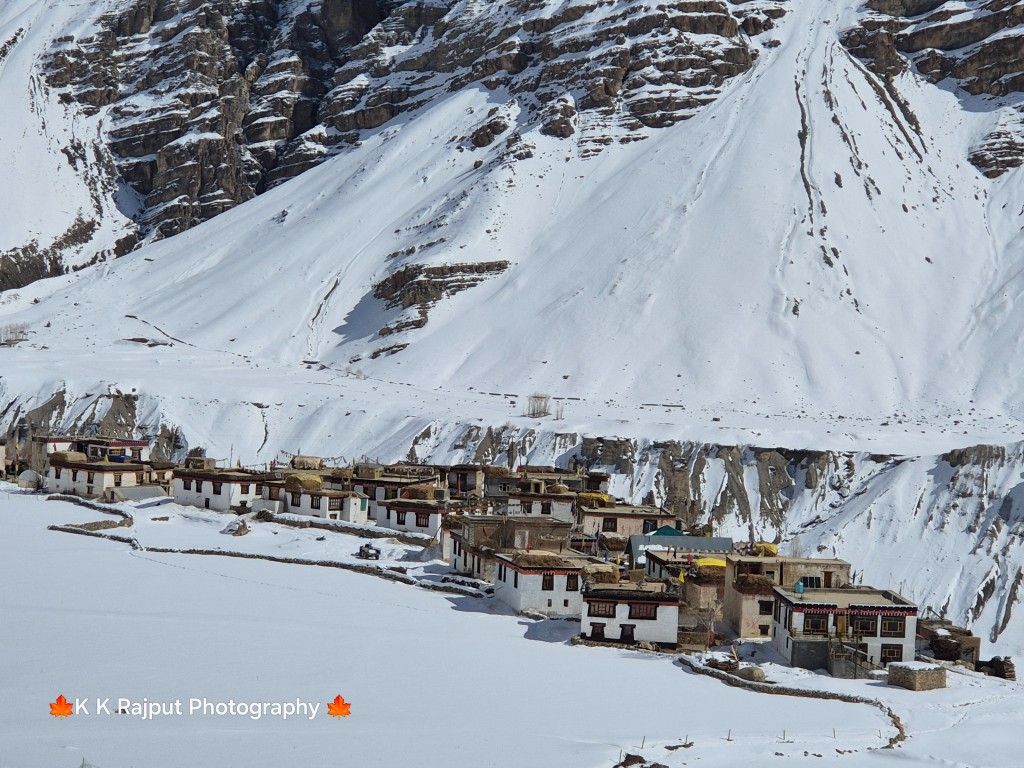
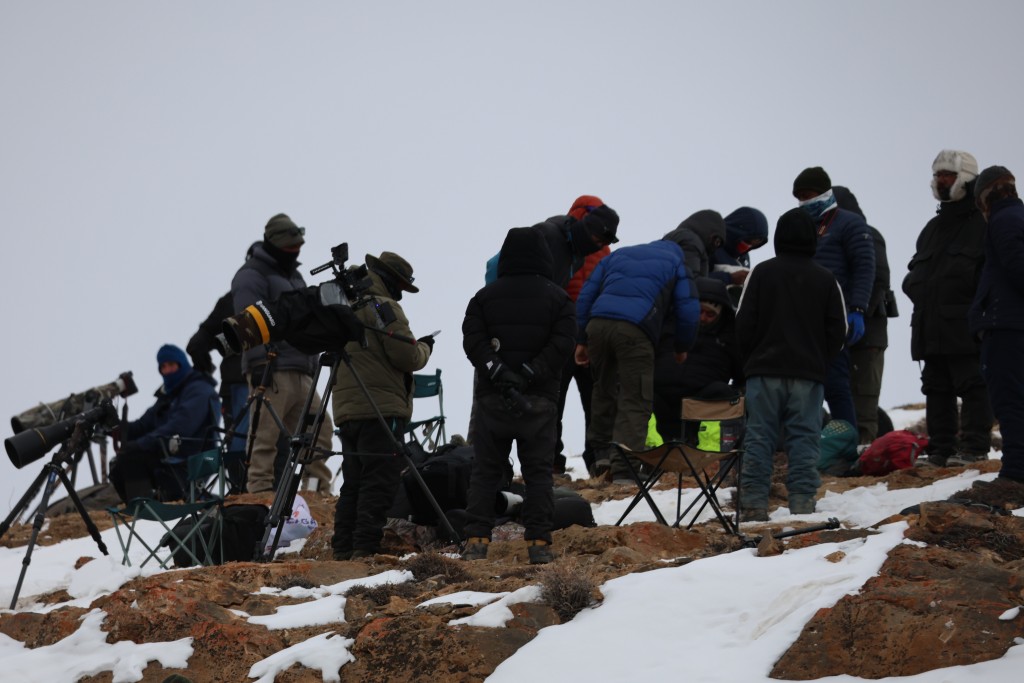
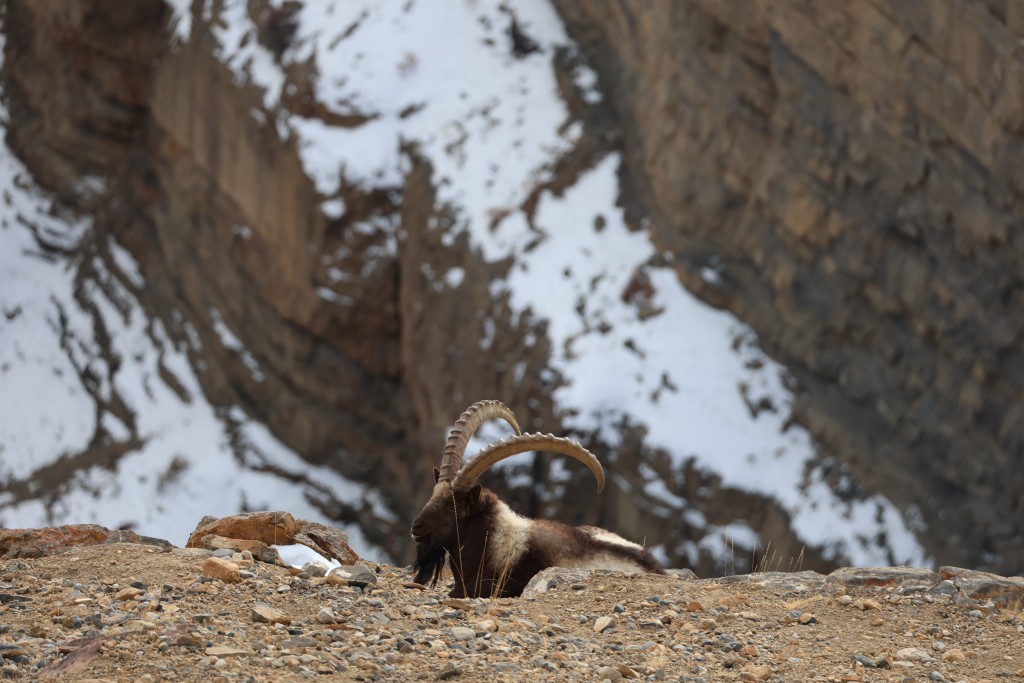
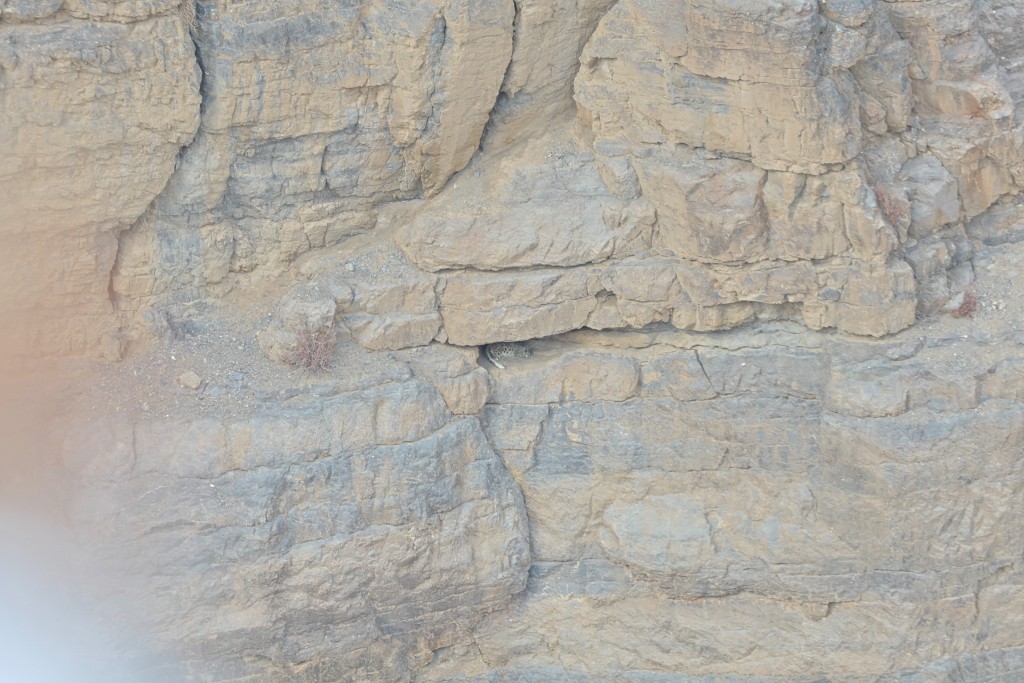
Home in the Himalayas
We stayed in warm, welcoming local homestays, experiencing the unique hospitality of Spiti. Sharing stories over traditional food and wood-fired stoves, we felt a deep connection to the land and its people.
Every evening, the sky lit up with a billion stars, and we captured countless photographs of the snow-draped landscapes, frozen rivers, and ancient monasteries standing tall against time.
Returning with Memories, Planning the Next Chapter
With hearts full and memory cards even fuller, we returned from Spiti with an experience that words can barely contain. But for wildlife lovers and adventure seekers, this was more than a trip — it was a calling.
Now, we’re excited to share that we’re gearing up for our third Snow Leopard Expedition, once again with Himalayan Wings. This year, we hope to go deeper, climb higher, and maybe — just maybe — lock eyes once more with the ghost of the mountains.
Until then, the mountains call, and we must go.
Be Part of the Next Chapter – February 2026
Encouraged by the success and overwhelming response to our 2025 expedition, Himalayan Wings is thrilled to announce the Winter Wildlife Photography Expedition to Spiti Valley – February 2026.
This is your chance to:
- Track Snow Leopards with expert local guides and spotters
- Explore untouched Himalayan winter landscapes
- Improve your photography skills in real wilderness conditions
- Stay in warm local homestays and experience authentic Spitian culture
- Be part of a small, passionate group of like-minded adventurers
Whether you’re a wildlife photographer, nature lover, or someone looking to experience something truly unique – this journey will stay with you forever.
🗓️ Trip Details – February 2026 Wildlife Photography Tour
- Duration: 11 Days
- Dates: February 2026 (Exact dates to be announced soon)
- Group Size: Limited to 6–8 participants
- Accommodation: Local guesthouses/homestays with heating & warm meals
- Transport: 4×4 vehicles with experienced mountain drivers
- Includes: Wildlife spotters, guides, photography mentoring, all logistics
Tips for Fellow Explorers
- Best Time: January to March for snow leopard sightings
- What to Pack: Layered clothing, good boots, gloves, binoculars, and patience
- Stay: Support local homestays for an authentic experience
- Camera Gear: Telephoto lens (300mm+), tripod, weather protection
- Guided Tours: Highly recommended; we traveled with Himalayan Wings
Want to Join Us?
Spots are limited and fill up fast!
📩 To reserve your seat or request the full itinerary, contact us at:
📧 [wingshimalayan@gmail.com]
📱 +91-9459253917/ WhatsApp]
🌐 [www.Himalayanwings.com]
Let’s head back into the white wilderness together and chase Ghost once more.

